PAZ WITH A PLAN
INTERTWINING HISTORIES

INTERTWINING HISTORIES
■ BBSO and JSA held an event to discuss the similarities between their two cultures.
By AMANDA CHEN JUSTICE SENIOR STAFF WRITEROn March 3, the Brandeis Asian American and Pacific Islander Department, the Brandeis Black Student Organization, and the Japanese Student Association held an educational event called ‘The Intertwining Histories of Black and Japanese Americans’ to shed light on the unspoken history of the relationship between the two communities.
There were three presenters: Professor Yuichiro Onishi from the University of Minnesota Twin Cities who studies the intersection of African American & African Studies and Asian American Studies; Prof. Aida Yuen Wong (FA) who is an art and fashion historian affiliated with the East Asian Studies program; and Director of
■ Paz is challenging 19-year incumbent Jeannette McCarthy and would be the first Latino mayor in Waltham.
By LIN LIN HUTCHINSON JUSTICE CONTRIBUTING WRITEROn March 9, a cold, sunny New England morning, a group of about 20 people, consisting of residents, city council members, and media personnel, gathered together on the sidewalk of Moody Street. With the Charles River in the background, Waltham’s Ward 9 City Councilor Jonathan Paz formally announced his candidacy for Waltham Mayor, challenging 19-year incumbent Jeannette McCarthy.

“I’m here to announce I'm running for mayor, because Waltham has amazing potential and this administration does not have a vision for our future,” Paz said. With the sound of passing trains and squawking geese penetrating through his speech he added, “I will be the mayor who puts people over politics ... I will be a mayor who will have a real plan to make Waltham affordable, sustainable, and academically excellent.”
Paz is the son of Bolivian immigrants who immigrated to Waltham, but in fourth grade, he was separated from his parents due to U.S.
immigration policies. He stayed in Waltham where he attended public school and became the first in his family to attend college, at the University of Pennsylvania. After college he returned to his roots in Waltham, and in 2019, he was elected to be a Waltham city councilor, defeating a 30-year incumbent Robert Logan. This November, Paz hopes to defeat five-term Mayor McCarthy.
If elected, Paz will be the first Latino mayor in Waltham’s history. According to the United States Census, Waltham’s population is made up of 14.5 percent Hispanic or Latino residents. “It would be great to make history that way, but it shouldn't be new to Waltham, because we’re a historically diverse city, historically working class, and historically inclusive,” Paz said. “But I’m here to serve all of Waltham. I do carry my Latin ethnicity with pride. I’m not ashamed to speak three different languages. I think [being Waltham’s first Latino Mayor] would mean a lot to my family.”
“When I was first elected as city councilor, I led the fight for stable rents, affordable home ownership, and a modernized transit system.
Mayor McCarthy blocked progress every step of the way,” Paz said. “I don't think that she has done a good job of staying in touch with the reality of everyday people.” In 2020, Paz served on the Economic & Community Development Committee and
Owner Bob Lupo shares his experiences as the owner of Main Street Music.
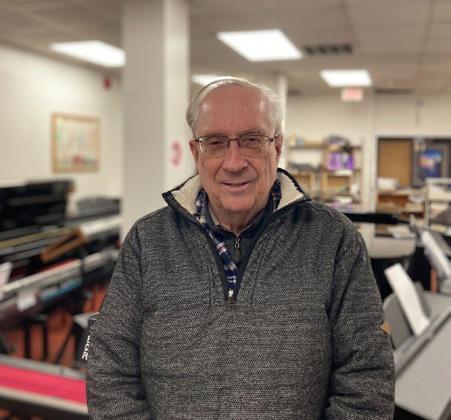 By LEA ZAHARONI
By LEA ZAHARONI
Long Term Debt Committee where he proposed the Affordable Housing Resolution and co-proposed the Modern Bus Shelter Resolution and the Management of COVID-19 in Waltham Resolution. This year he remains on the Economic & Community Development Committee but also now serves on the Veterans Service Committee.
The Justice reached out to Mayor McCarthy for comment, and received a response from Bob Di Gregorio who, in a March 13 email, denied Paz’s claims. The Justice does not have clarification of Di Gregorio’s connection to McCarthy.
As a product of Waltham public schools, current member of the city council, and a lifelong resident of Waltham, Paz said the city needs more affordable housing, a better education system, and modernized transit and traffic systems. During his announcement, he expressed concerns with the current administration’s handling of what he considers are pressing issues.
“This administration is beholden to special interests,” Paz said. Rather than making sure the seniors and veterans of Waltham are fed, supporting community farms and pantries, and investing in the future of students, the current administration has been threatening and harassing the programs and re-
the Office of Diversity, Equity, and Inclusion Education and Learning Initiatives Charles Chip Mc Neal. Kiwa Shinoda ’25 from JSA and Madison Williams-Casey ’25 from BBSO moderated the discussion.
Onishi started the discussion with a presentation on Afro-Asian solidarity and stated that there is an extensive history of camaraderie between the two communities in fighting against imperialism, colonialism, and war. Both supported each other in the U.S., but also did so on a global scale. Some Black Americans and citizens of India, China, Japan, and Vietnam shared anti-capitalist, anti-imperialist, and/or antiracist ideas that shaped each other’s domestic social movements. Onishi explained that the mutual support between African and Asian Americans manifested in the U.S. as the Asian American movement grew during the Vietnam War in the late 1960s to the early 1970s.
He talked about two Asian American social activists, Grace Lee Boggs and Yuri Kochiyama, and See LECTURE, 7 ☛
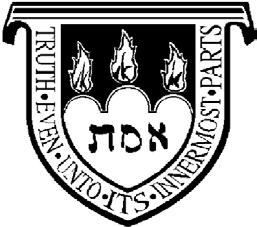
■ The exhibit commemorates Ukrainian students who lost their lives due to the war.
By SOPHIA DE LISI AND BELLA BRENNAN JUSTICE EDITORIAL ASSISTANT AND CONTRIBUTING WRITER
On March 14, Sofiia Tarasiuk MBA ’24, a student from Ukraine and Brandeis International Business School MBA candidate, constructed an exhibit titled “Unissued Diplomas,” a remembrance exhibit in the Olin-Sang American Civilization Center. The exhibit honors Ukrainian students whose lives ended due to the February 2022 Russian invasion and subsequent war before they could finish their degrees.
“Unissued Diplomas” is co-organized by the Ukrainian Canadian Students’ Union (SUSK), with a team of 50 Ukrainian students, both in the country and abroad — like Tarasiuk — establishing the exhibit at their respective universities. These exhibits are present in 45 universities in 20 countries worldwide.
The exhibits include 36 diplomas that were issued to these students

Kenyatta gives us his take on villain representation in the latest “Ant-Man.”
By KENYATTA DAVIDto honor their lives, featuring a picture of them and a short biography including their university major, interests, and aspirations for the future. These stories came from interviews with the victims’ friends and families, conducted by the SUSK and its associated students.
“It takes more than one person to remember all these stories. That is why we, a team of Ukrainian students around the globe in cooperation with SUSK, created the ‘Unissued Diplomas’ project,” Tarasiuk shared with the Justice in a March 9 interview. She later explained that she had substantial support from the University’s Office of Graduate Affairs and Prof. Irina Dubinina (RUS), mentioning that TPI Solutions Ink printed all of the exhibition materials for free.
“We are united in our goal to commemorate the lost lives of Ukrainian students and remind the world that the full-scale war still goes on. And it takes innocent lives daily, student or not,” Tarasiuk said, outlining that one of the program’s goals is to remind others that there are students in Ukraine who fight on the front lines of the war. “Our team aims to further
See UKRAINE, 3 ☛
By
THE EDITORIAL BOARD By JOSH GANSA cappella
At the March 3 and March 12 meetings of the Student Union Senate, representatives from Brandeis’ a cappella groups each presented on why the Senate should charter them.
At the March 3 meeting, Richard Impert Jr. ’24, president of Voicemale, explained that a cappella groups on campus were not previously chartered because they hold auditions, and Brandeis generally does not fund exclusionary clubs. Not having the status of a chartered club prevents the groups from requesting funding from the allocations board during the marathon process.
Amy Jarkow ’23, president of Starving Artists, said that the group’s past travel expenses have all come out of its members’ pockets. Jarkow said this was “a barrier to entry,” since not every student can afford the cost of going on tour.
The representatives also addressed concerns about the exclusivity of their clubs. Emily Weis ’23 from Rather Be Giraffes said that “the quality of the performance is predicated on auditions.” Weis also said that no group discriminates based on sex. Up the Octave and Voicemale have historically included only female and only male singers, respectively. Impert Jr. and Caroline Vozzo ’24, president of Up the Octave, said that they are working on moving away from gendered terms in their groups’ activities.
Once the groups had finished their presentations, Student Union President Peyton Gillespie ’25 gave a brief speech encouraging the Senate to charter all of the a cappella groups. Gillespie said that there is nothing in the Student Union bylaws or constitution which precludes clubs that hold auditions from receiving funding.
The Senate then entered a 30-minute executive session to discuss chartering the a cappella groups, after which they unanimously decided to table the discussion until the next meeting. At the next meeting on March 12, representatives from the a cappella groups returned and each gave a brief explanation of what made their own group unique. After each presentation, the Sen-
MEDICAL EMERGENCY
Mar. 5—There was a medical emergency in East Quad. The party was treated by BEMCo and transported to a local hospital via ambulance.
Mar. 6—There was a medical emergency in Ziv Quad. The party was treated by BEMCo staff, and a Lyft was requested to transport the party to a local hospital.
Mar. 6—A community member swallowed a melatonin pill which got stuck in their throat in East Quad. The party was treated by BEMCo staff and refused further care.
Mar. 9—There was a medical emergency in the Charles River Apartments. The party was treated by BEMCo staff and transported to a local hospital via ambulance.
Mar. 10—There was a medical emergency in Sherman Dining Hall. The party was transported to a local hospital via ambulance.
Mar. 10—There was a report that a student in the Gosman Sports and Convocation Center was not in a good
■ A news article incorrectly stated 2023 as the class year for Justice Union Correspondent Max Feigelson. It was corrected to 2024. (March 7, pg. 1)
The Justice welcomes submissions for errors that warrant correction or clarification. Send an email to editor@thejustice.org.
ate voted by acclamation to charter each group.
The senate chartered Company B, Proscenium, Rather Be Giraffes, Starving Artists, Up the Octave, and Voicemale. Manginah and Too Cheap for Instruments withdrew their requests for chartering in the intervening week.
Other business
Over the course of the two meetings, the Senate passed four Senate Money Resolutions. The Senate approved by acclamation an SMR to fund prizes for the leaders of Period Activists at ’Deis as a reward for their successful implementation of their menstrual product project.
The Senate approved an SMR for snacks for a movie screening that Director of Accessibility Hana Klempnauer Miller ’25 is planning. Klempnauer Miller will be showing the movie “Crip Camp,” a movie about the struggle for rights for people with disabilities.
Sen. Tyler Johnson ’26 proposed an SMR for a raffle fundraiser for the Ukrainian Red Cross, and Sen. Lyla Chereau ’25 proposed an SMR to purchase office supplies and snacks for the Student Union office. The Senate expedited and approved the SMRs by acclamation.
At the March 5 meeting, Klempnauer Miller also proposed a resolution condemning the University administration for failing to act on their stated goals of accessibility. Miller said that after considering the construction of a ramp to the Brandeis Counseling Center, the administration decided that it was “too expensive and not necessary.”
Klempnauer Miller disputed this claim, saying that students with disabilities have fallen and been injured, or otherwise been unable to enter the BCC.
The Senate, like the executive board before it, unanimously signed on to the resolution.
At the March 12 meeting, Co-head Treasurer Emily Adelson

’23 presented the treasury’s budget proposal for the 2023-24 academic year. According to Adelson, the Union’s total budget will be $56,000, with $21,000 for the Senate, $20,000 for projects, and the rest to be distributed between the other branches, co-sponsorships, and supplies. The Senate expedited and approved the budget by acclamation.
At the same meeting, the Senate chartered the Brandeis Women’s Volleyball Club by acclamation. Marianne Coindreau ’25, the club’s president, said that the club gives students the opportunity to “meet and make connections.”
On March 5, the Senate chartered the Brandeis Culinary Club, which its president, Fitz Wangaru ’25, said would help members “learn to cook and gain some basic life skills.”
The Senate also chartered Bit by Bit, a club whose purpose is to teach coding and computer science to middle and high schoolers. Marco Wong ’26, the club’s founder, said that the club helps children from disadvantaged backgrounds get an early opportunity to learn about computers, which Wong said they would not otherwise be able to do.
The Senate also heard from Brandeis Impact Club. The representatives from the club said that its purpose is to help other clubs in organizing and planning events. After the club’s pitch, some senators were skeptical of its distinctness. “We’ve just heard a pitch for the Hiatt Career Center somehow crossed with Handshake,” Executive Senator Eamonn Golden ’24 said. “[This club is] not in the best interest of duality of purpose or club funding.” The Senate voted by acclamation to keep Brandeis Impact as a probationary club.
space and needed help. Officers were dispatched and the area coordinator on call was notified. The student was walked over to the Mailman Counseling Center. A report was filed.
ACCIDENTS
Mar. 8—There was a multiple vehicle accident with no injuries in the South Residence Lot. The reporting party requested an officer to take a report.
Mar. 8—There was a multiple vehicle accident with no injuries in the Athletics Parking Lot. There will be a report to follow.
Mar. 11—A reporting party presented at the station to report damage to a University vehicle in the Theater Lot.
MISCELLANEOUS
Mar. 7—A reporting party requested the area coordinator on call for a noise complaint in Ridgewood Quad. The
area coordinator on call verified the noise was coming from a party in the building and requested for police to respond as well. The party was shut down and a custodian was requested for vomit clean up.
Mar. 7—There was a report of a broken card reader in North Quad. An investigation will follow.
Mar. 10—An unidentified male was found behind the counter of Einstein’s. The incident was reported by a member of the Brandeis custodial services department.
Mar. 11—A student reported feeling scared by an interaction with another student in the Usdan Student Center. An officer provided information to the student and no further action was required.
On Thursday, Sept. 9, Teach for America held a webinar titled “Equity Talks: Gen Z’s Role in Saving the Planet.” The event was a Zoom conversation between the managing director of data science at Teach For America Andis Arietta, who has a doctorate degree in environmental studies, who was the event moderator, and climate activist Sophia Kianni. The Brandeis Hiatt Career Center shared the event, and students could register through Handshake. Students and teachers throughout the country were also able to attend the event.
Kianni, an Iranian-American activist, shared her experi-
ences with learning about climate change and eventually creating her nonprofit organization Climate Cardinals. Climate Cardinals works to translate information about climate change, including the UNICEF Climate Children’s Risk Index, to other languages in order to make climate change education more available to other countries, per their website. “The reality is climate change is going to impact all of us, it’s just going to impact certain communities disproportionately,” Kianni explained. She went on to share the findings of a 2021 study that explained that the younger generation is three times more likely to experience climate disasters than their grandparents.
Kianni explained that before turning 18 and being able to vote, she felt there was very little she could do in order to combat the impacts of climate change, a problem she believed needed to be solved systematically. She began working with various advocacy groups in order to organize school strikes in the D.C. area. After she turned 18, she felt as though she had more power in order to create change. Because of this,
Kianni urges young people to vote for lawmakers who will assist in the battle of fighting the climate crisis.
Arietta addressed the fact that the realities of the climate crisis can be depressing and asked how to stay motivated to fight the impacts of climate change while also caring for oneself. Kianni responded with her “favorite phrase”: “You cannot take care of the planet if you do not first take care of yourself.” She explained that the impacts of climate change and mental health are interlinked. One way to prevent this impact is to focus on positive news coming out of the scientific community as opposed to just the negatives, Kianni said.
When asked what people should do on a day-to-day basis in order to combat the climate change crisis, Kianni responded with three step. First, go vote. Second, talk about the climate crisis with friends and family. And third, figure out how climate change interacts with an issue that you care the most about. Kianni said that this third step is where you will find your “magic sauce” of how you personally can best address the climate crisis.
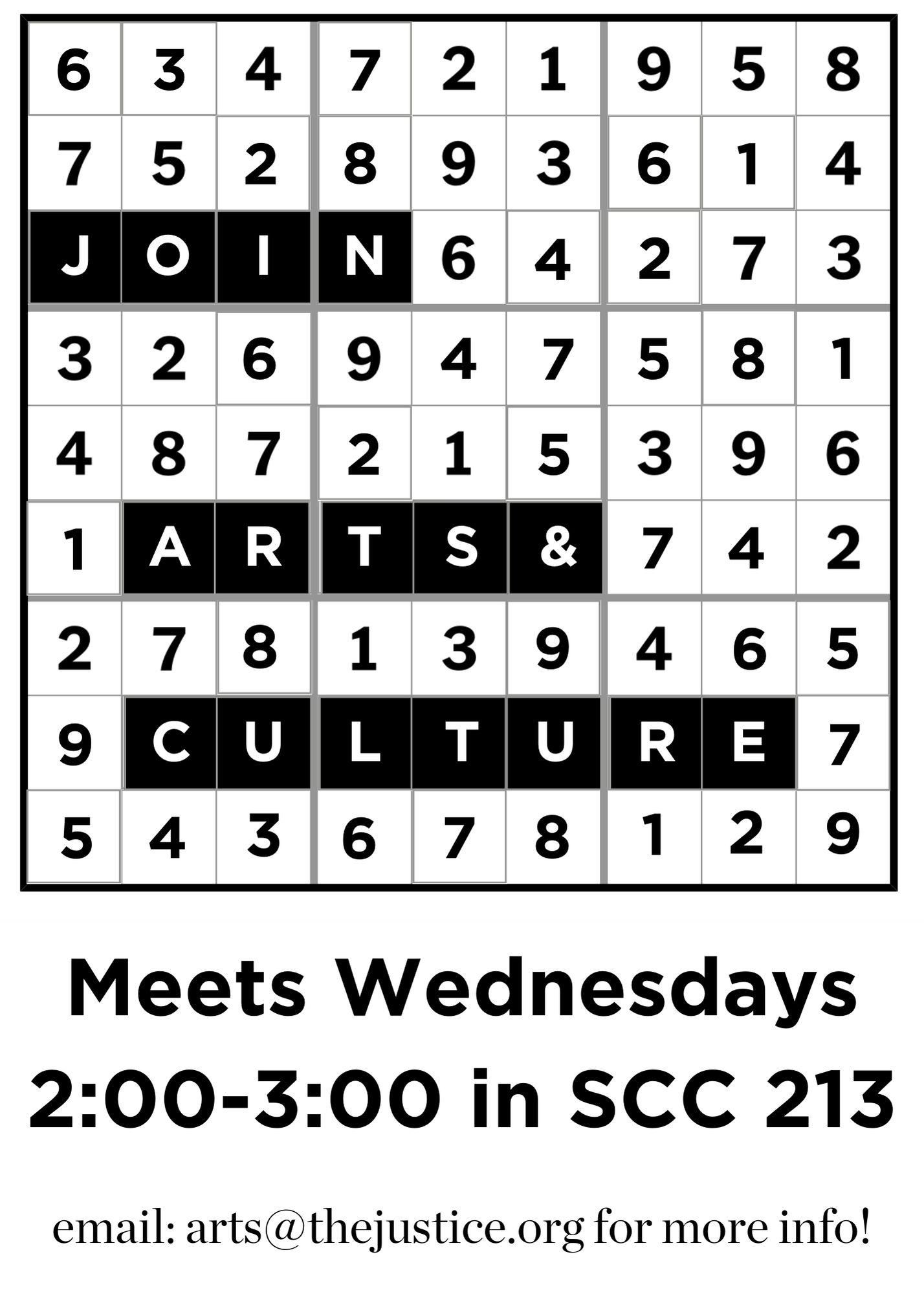
spread their life stories and convey the price of freedom that young soldiers pay daily in Ukraine,” she added.
Tarasiuk explained why she chose to be involved with the “Unissued Diplomas” project, saying, “I believe that every Ukrainian now fights on their own front. The best I can do [while] abroad as a Ukrainian citizen is to tell the world about my country, and I see it as my mission — to be a global representative of Ukraine … My frontline is volunteering, fundraising, and informing. I try to do at least something useful for my country every day, but I also have to study and gain experience as I want to return to my country and help rebuild it,” Tarasiuk said.
The “Unissued Diplomas” exhibit conveys the loss of young life from the invasion, reminding students how their counterparts in Ukraine are fighting in war while they have the ability to read about the war in the news, rather than fight in it. “Unfortunately, the [students] can’t tell these stories themselves. [Russia] took their lives. 36 students. 36 stories. Each of them is special. Each of them is crucial. Each of them could have continued for decades but were cruelly interrupted by [the Russian military] and now, each story should be remembered by the rest of the world.”
Constructing this exhibit during this time reflects the Russian invasion’s one-year anniversary, since the country launched its first assault on Feb. 26, 2022, bombing major cities Kyiv, Khar-
kiv, and Odesa. The Russian government invaded Ukraine as a “special military operation,” as stated by Russian President Vladimir Putin, to which Brookings speculates the government’s objectives were to seize the Ukrainian capital, Kyiv, depose its government, and occupy the easternmost two-thirds of the country. Following the start of this full-scale assault, there was immediate protest from The North Atlantic Treaty Organization.
This war and its outcome are important to NATO because it represents an ideological clash of democracy and authoritarianism. According to NATO, its goal is to maintain the international community’s stability by taking defensive measures that are “designed not to provoke conflict, but to prevent conflict.” For instance, the United States has sent defensive equipment, humanitarian aid, and economic support to Ukraine, even though there is no legal incentive to do so, given that Ukraine is not part of NATO.
This year has shown the high costs that this war has demanded on both sides of the conflict. For example, Ukraine has faced major destruction to its cities, forcing over 5.8 million people to flee, causing one of the direst refugee crises in history, as described by NPR. Millions of people have fled their homes and families in search of safety.
“Unfortunately, I had to change the plan of my life,” Tarasiuk said. “I was going to continue studying in my country and work at Klitschko Foundation, but after the war started I had to create another plan.” Tarasiuk recognizes her
fortune in her own circumstances, remembering those who died as a result of the war and those who have lost their families. She described that “every Ukrainian has [two] lives — before the war and during the war,” showing how profoundly this conflict has impacted Ukrainian civilians.
There have also been broad global changes stemming from the war; NPR notes that there have been widespread supply chain issues for Ukrainian and Russian exports. Some of these products include wheat, corn, barley, cooking oil, fertilizer, and petroleum. NPR explains that supply problems have caused the prices of food and gas to skyrocket, coupled with shortages that have forced millions into hunger, especially after the economic impacts of the pandemic.
Not to mention, Russia’s highest exports — natural gas, and oil — have also impacted the energy world. Following the European Union’s ban on Russian petroleum products, there have been higher energy prices that have also caused an energy crisis that impacts millions, estimated by the World Economic Forum.
For its plentiful impacts on the world’s economy, the war has not been as successful as the Russian government hoped. BBC News refers to this invasion as “a disaster for itself and the country it was unleashed on,” only serving to expose the “brutality and inadequacy of the Russian military.” The BBC explains that this assertion comes from several Russian military failures that took place over the year: a strategic failure that had 30,000 troops retreat across the Dnipro
river, logistical failure that halted an armored convoy near Kyiv, and the sinking of the battle cruiser Moskva, a defensive failure.
Brookings considers this war a “proven disaster for Russia” because of its significant military losses, citing an Oryx report that estimates the loss of 8,000 pieces of equipment being destroyed, damaged, abandoned, or captured by Ukrainian forces. Brookings also highlights the economic losses Russia has faced as a result of economic sanctions from around the world — much like the EU’s aforementioned ban on its petroleum exports. The article also explains how these sanctions have forced the Russian economy into a recession that threatens a long-term impact.
However, these setbacks have not inspired the Russian government to surrender, despite Ukrainian President Volodymyr Zelenskyy’s urging a move forward with peace negotiations. The determination on both sides of the war has made its conclusion indeterminable among experts.
That being said, these conflicting opinions have not hindered Ukrainian spirit and support. In an effort to help its cause, beyond spreading awareness of the conflict, the “Unissued Diplomas” initiative is accepting donations to send directly to the Second Front Ukraine Foundation. More specifically, the program is raising money to send reconnaissance drones and medical supplies to Ukraine to prevent further losses and help the war meet its conclusion.
See PAGE 5 FOR PHOTOS ☛

■ Climate activist Sophia Kianni spoke on how young people can work to prevent climate change.

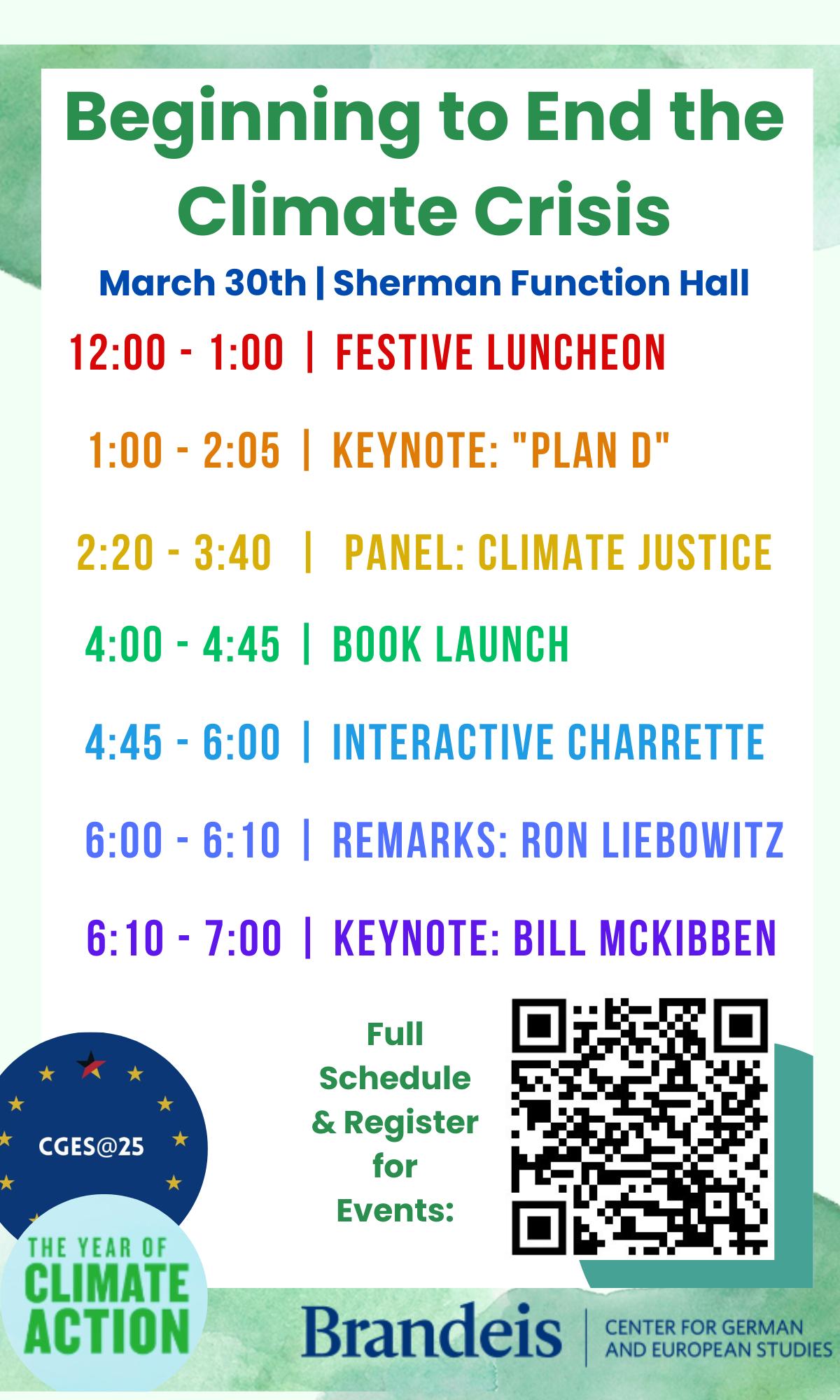
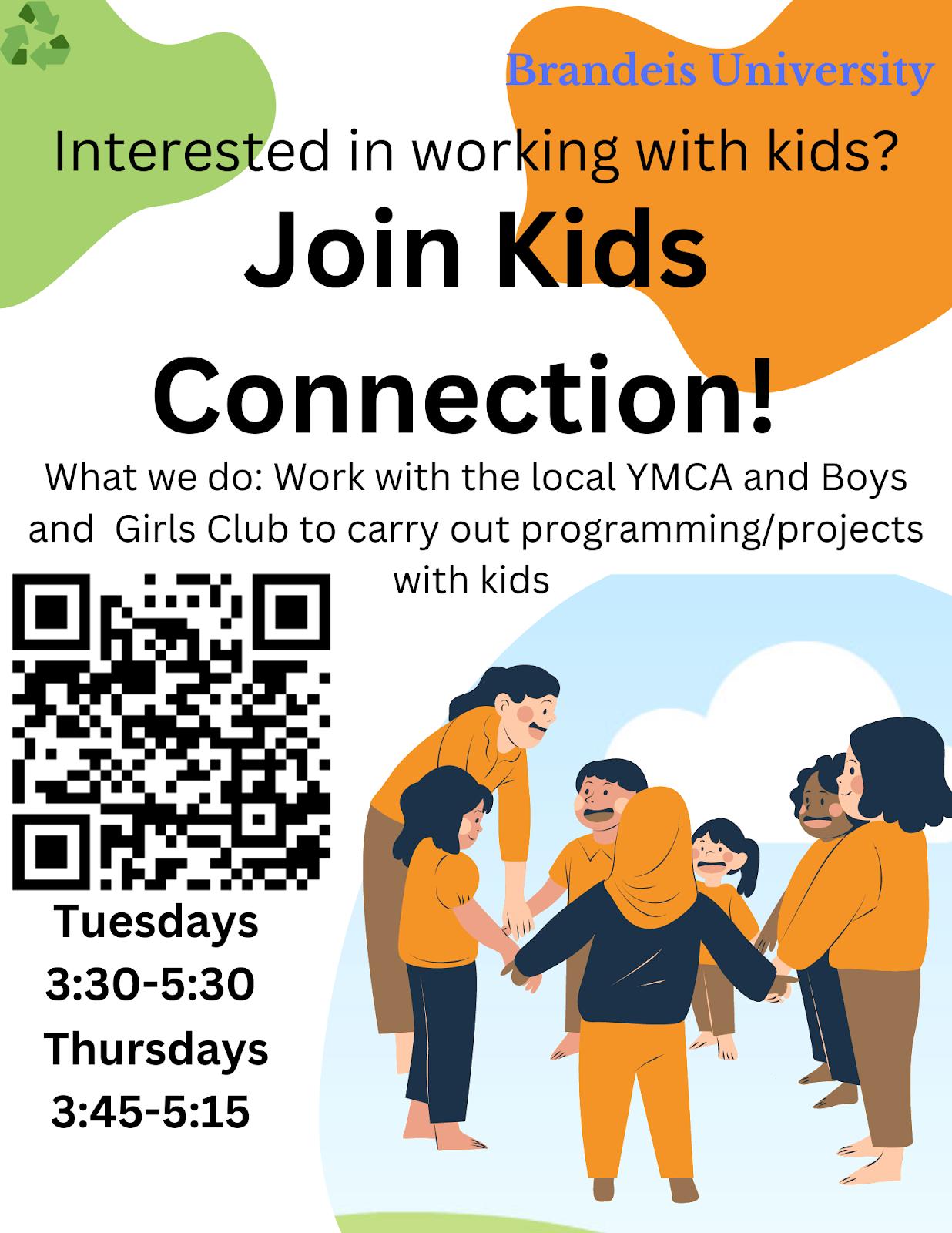
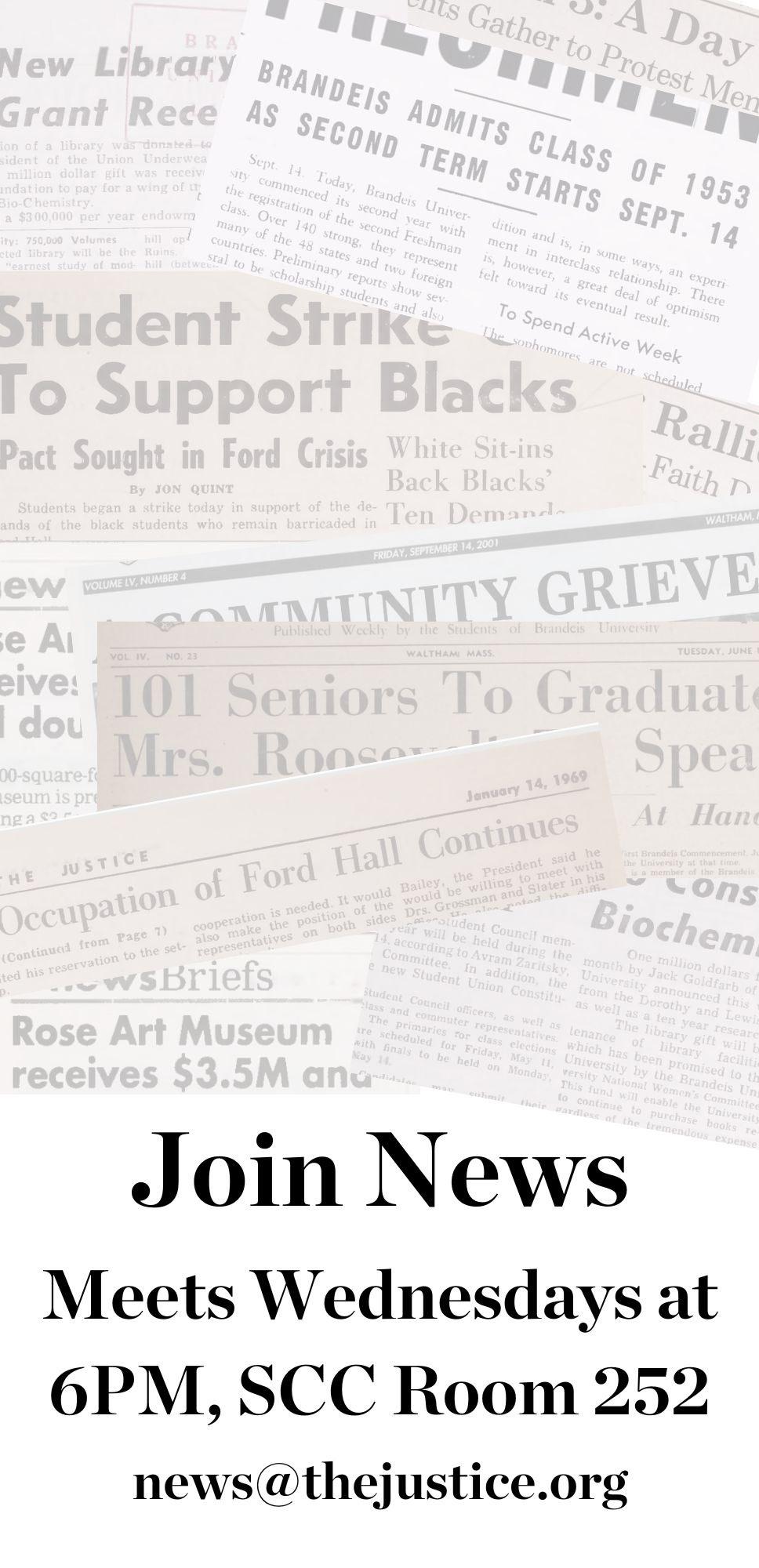



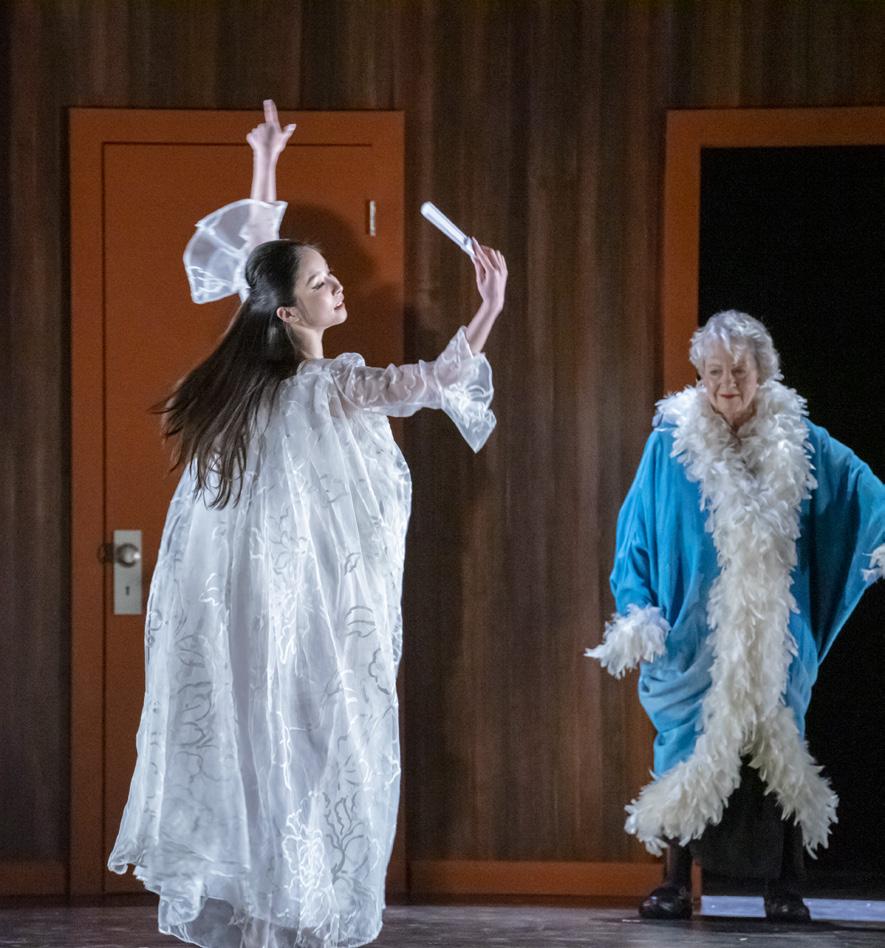
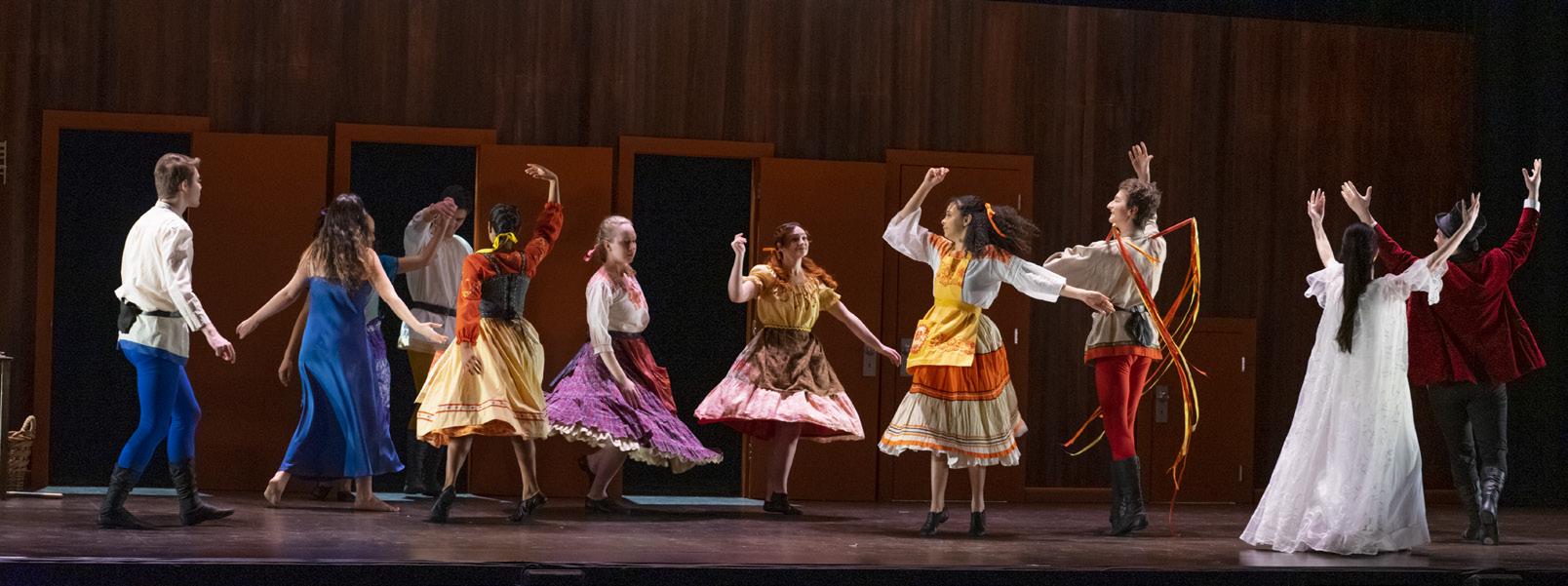





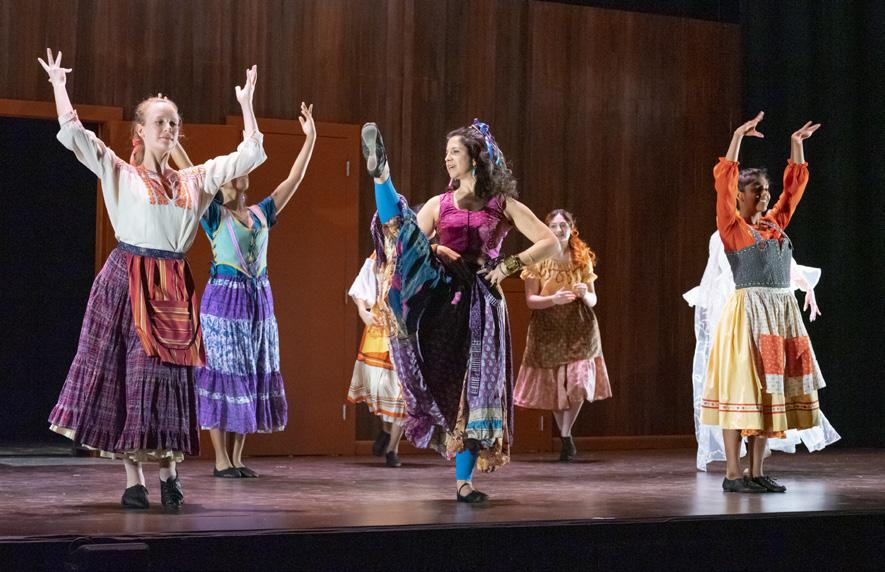




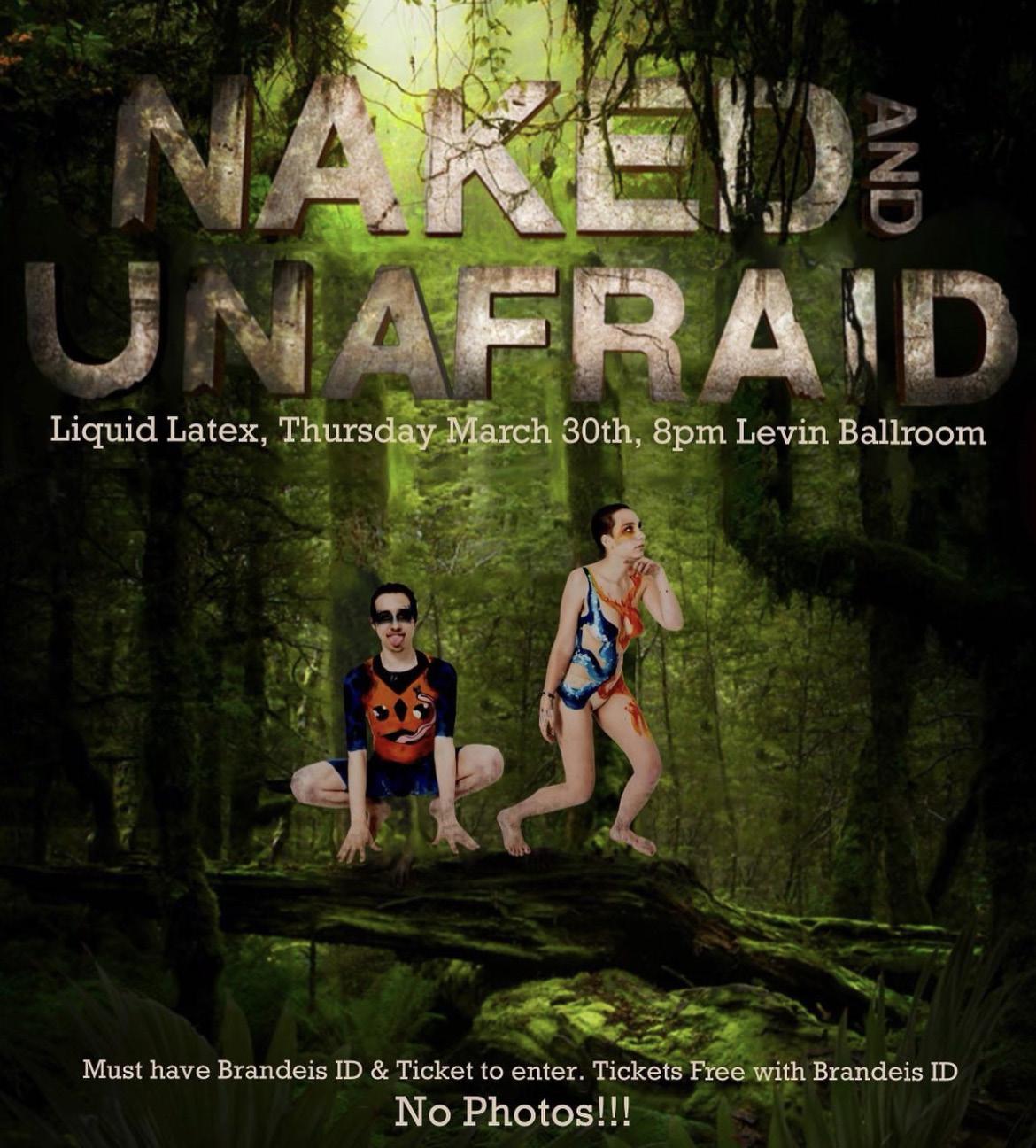

CONTINUED FROM 1
As mayor, Paz plans to develop a comprehensive housing plan to make the city more affordable, so no residents are pushed out.
With regards to education, Paz expressed the need to address educational problems head on. He sees the lack of alternative graduation paths to be an issue. Paz said many of Waltham students are poor, “punished,” and left at a disadvantage of having to work to survive. Waltham has a new high school being built that will accommodate 1,830 students. Its anticipated completion date is in Aug. 2024. However, Paz vocalized that the city can’t wait until the new school opens to solve the educational problems and instead provide alternative graduation paths, such as implementing night school programs.
Another priority of Paz’s campaign is to modernize Waltham’s transportation system. Paz describes the Waltham Station on Carter Street to be in disrepair and said the city is in desperate need of a new train station. He also explained the need to invest in alternative ways for people to get around the city that would increase train, bus, and bike ridership. “We need to modernize our transit to get cars off the road, to mitigate traffic and to make our streets safer,” Paz said.
Although these are major priorities of his campaign, Paz said he intends on going doorto-door to listen to the wants and needs of Waltham’s residents.
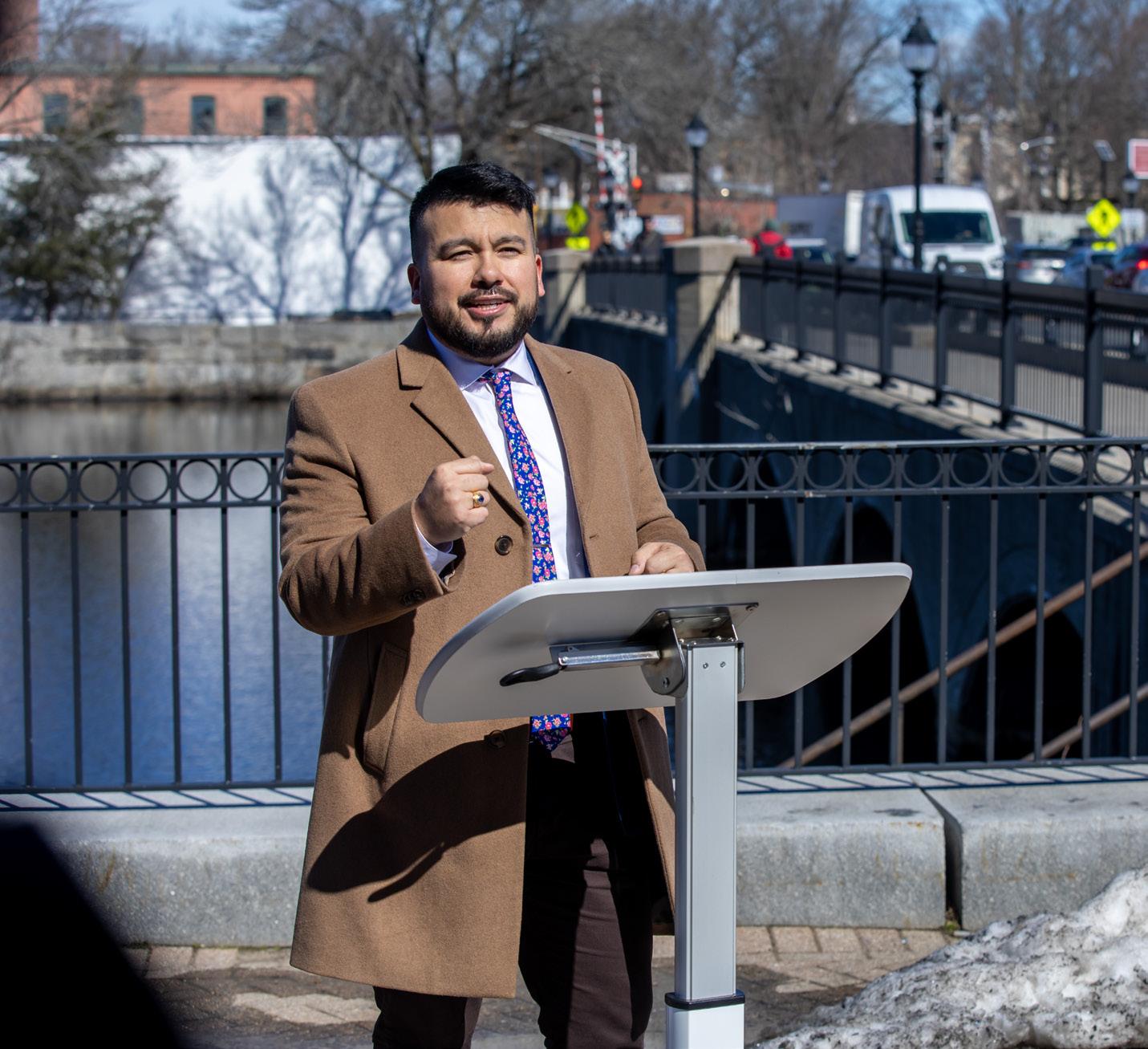

Emily Saperia, a Waltham resident, com-
munity organizer, and friend of Paz’s partner Diana Ordonez, said she supports Paz’s vision because he champions policies that are important to her. Saperia has been a community organizer for about 10 years, focusing on agriculture in eastern Massachusetts, and values Paz’s work with local farmers and agricultural workers. She also expressed her excitement for a mayor of a new generation.
CONTINUED FROM 1 sources that serve all the people of Waltham, Paz claimed.
their connections to Black social movements.
“We have a new generation coming up the ranks here. Councilor, soon Mayor Paz, is a great example of that generation,” Saperia said optimistically. “He reflects the diversity of the city.”
After making his formal announcement of his candidacy, Paz directed his attention to the Spanish speaking audience, by saying what appeared to have been his speech in Spanish. “We gotta do it. We gotta do it for the culture,” Paz joked.
Nancy Bradley-McGann, a Waltham resident and mother of Councillor-at-Large Colleen Bradley-MacArthur, said she looks for a candidate that is honest and will act in the best interest of all Waltham people regardless of race, social class, age, or education level.
“I feel that he really cares about me as an elderly person,” Bradley-McGann said. “I feel like Jonathan is very interested in the roots of Waltham, [and] I think he wants to come up with good proposals for the city and move us in a good direction.”
Elections will take place on Nov. 8. More information about voter registration/status, polling stations, and results can be found on the Waltham elections website.
Boggs was a Chinese American revolutionary activist and philosopher who was involved with Black radical politics and Marxism. She collaborated with Trinidadian Marxist thinker C.L. R. James throughout the 1940s and 50s. Gender and racial discrimination prevented Boggs from pursuing an academic position, so she focused her energy on movement building. Onishi recommended Boggs’ book “The Next American Revolution: Sustainable Activism for the Twenty-First Century” and her documentary “American Revolutionary: The Evolution Of Grace Lee Boggs” for further information if people were interested.
Yuri Kochiyama was incarcerated in the Jerome Relocation Center in Arkansas during World War II and afterward moved to New York with her husband. According to an NPR article, “Living in housing projects among Black and Puerto Rican neighbors inspired her interest in the civil rights movement.”
She started holding weekly meetings for social activists in her home. Meeting Malcolm X in 1963 radicalized her beliefs, and she became involved in Black nationalist movements. Kochiyama was present when Malcolm X was assassinated in 1965 and cradled his head in her lap; there is an infamous photo of this moment in Life magazine.
Mc Neal presented next, explaining that all forms of oppression are connected. Injustice against racial groups that people do not identify with may seem like a separate issue and thus irrelevant. However, he argued that “once they come for you, they [sic] coming for me next,” and it is an “illusion that they have taught you to think that ‘Oh, this is an Asian problem.’ ‘This is a Southern problem.’” White supremacists have pitted racial minorities against one another to keep them separate, because unified opposition would be too powerful. Moreover, he advised against comparing atrocities and arguing over who has suffered more or for longer because it creates more divisions. Every injustice has unique characteristics, and he said that it is unproductive to set them against each other.
Mc Neal acknowledged how difficult it is for Black people and Asian Americans to confront their past. “We’ve got those tensions, and we carry them with us,” he said. “It’s transgenerational, it’s in my blood, … skin, … [and] DNA. That oppression, that history, that sadness, that trauma — I carry it with me. So when I see these images, I didn’t live that time, but I know that those are my ancestors.”
He then discussed how both communities shared many experiences in the fight for equal rights. Frederick Douglass, known for his abolitionist work, also advocated for the rights of Chinese laborers after the Chinese Exclusion Act of 1882 passed. Japanese internment during World War II was a pivotal moment for Black Americans because it demonstrated that the U.S. government was willing to imprison a minority population. This example of race-based imprisonment sparked fears that the same could happen to Black people. Additionally, Asian Americans were significantly involved in the Civil Rights Movement of the 1960s.
Mc Neal looked up to Ruth Asawa, a Japanese American artist. The War Relocation Authority forcibly moved Asawa to the Santa Anita race track in Arcadia, California, and Asawa was eventually incarcerated at the Rohwer Relocation Center. She used her free time to pursue art and explored multiple mediums, such as wire and electroplated sculptures, paintings, and drawings. She also taught art — Asawa and her friend Sally Woodbridge created the Alvarado School Arts Workshop in 1968, teaching art to young children in public schools.
Mc Neal emotionally recounted memories of meeting Asawa and becoming one of her students. Asawa taught him everything he knows “about love, honor, ethics, forgiveness, compassion, and resilience. That word is not an abstract word to me. She was a woman who lived through the internment and had no bitterness. She turned all her energy into art and love,” he said. Asawa inspired him to become a teacher and a social activist and highlighted how Afro-Asian intersectionality personally impacted him, illustrating a concrete example of what Afro-Asian solidarity looks like.
Asian Americans and African Americans also shape each other’s music and media. Both groups’ influences can be seen in the hiphop genre as well as anime. Mc Neal stated that anime appealed to the Black community because of its focus on heroes fighting against injustice. He talked about the Japanese word mukokuseki , which means “nationless” or “without nationality.” Some anime reflect the meaning of this word when they have characters that lack distinct ethnic features. Mc Neal said that this allowed the story to appeal to many people.
Building on this point, Wong added that not only do both communities impact each other’s pop culture in terms of music and media, but they also affect beauty standards and fashion. In the 1990s, a subcultural phenomenon called ganguro , meaning “blackface,” flourished in Japan. Japanese girls participated in gan-
guro because they wanted to emulate English model Naomi Campbell and Okinawan singer Amuro Namie, due to their sun-tanned complexion. Additionally, B-style — in which the B stands for Black — is a fashion trend in Japan inspired by Black culture. There is a more extreme variation of ganguro called yamanba or manba that consists of darker face makeup, light colored hair, dark eyeliner, fake eyelashes, as well as short skirts and dresses. Defenders of this style claimed that it was not intended to be racist and was meant to provide alternative methods of expression to defy traditional Japanese beauty standards.
Bihaku , meaning “beautifully white,” is the mainstream ideal and promotes light skin and dark hair. These features are highlighted because they traditionally symbolize affluence and non-labor. Skin whitening cosmetics are prevalent in Asia, and “The Asia-Pacific market accounted for over half of global revenue in 2018,” according to a CNN article. The use of ganguro faded in the early 2000s due to the resurgence of a light skin aesthetic.
Wong also mentioned Ariana Mamiko Miyamoto, a Japanese model and pageant titleholder. She is half Black, half Japanese, and she became the first biracial woman to be crowned Miss Universe Japan in 2015. Miyamoto placed in the top 10 at the Miss Universe pageant. According to an interview with the BBC, Miyamoto discussed how some people do not consider her to be Japanese and how her pageant victory sparked harsh criticism. She described how foreign media outlets paid more attention to her than the Japanese media. One of Miyamoto’s friends committed suicide because he felt unaccepted due to his multiracial identity. The tragedy pushed Miyamoto to enter the pageant, and she wishes to reduce stigma against multiracial people in Japan.
Similar to Mc Neal, Wong also shared a personal anecdote about a former colleague, Robert Maeda, who taught Asian art history. When Wong arrived at Brandeis in 2000, Maeda was retiring. She found out that he was interned at the Poston War Relocation Center in Arizona. Maeda’s daughter paid tribute to her late father with performance art that Wong moderated. Recently, his widow reached out to Wong about donating some of his personal book collections to the library, and subsequently, she learned more about Maeda’s history.
After the three presentations, the moderators began a Q&A session. The first question asked why the history of Afro-Asian solidarity is not more well known. Wong echoed earlier points of white supremacists generating divisions between racial minorities as the reason why this intersectional history is hidden. Moreover, she talked about academic disciplinary boundaries and that there is not enough intersectional research.
Onishi mentioned how some Asian Americans identified less with the Civil Rights Movement and more with the concept of Black radicalism; they were more interested in selfdetermination than racial integration. Additionally, he mentioned how “Asian America was a category of struggle. It wasn’t a category for identity. It was a political category to begin with.” Since conceptions of Asian America and African America are different from each other, it could have decreased visibility of the overlapping characteristics.
The discussion ended on the topic of healing and unity. One way of coming to terms with the past is reparations, of which there have been none for Black people. Mc Neal talked about the first attempt to give reparations to former slaves, which is known by the common phrase, “40 acres and a mule.” General William T. Sherman’s “Special Field Order No. 15” granted freed slaves 40 acres, and while the order did not explicitly mention mules, some received leftover Army mules. However, this policy never came to fruition because former President Andrew Johnson revoked the order. For interned Japanese Americans, the Civil Liberties Act of 1988 provided surviving Japanese Americans $20,000 in reparations and a formal apology by former President Ronald Reagan.
All three speakers discussed ways to promote unity among racial minorities — especially on campus — and Wong emphasized the need to have more events like this. Wong argued that more knowledge of each community’s historic struggles can break down divisions between them by eliminating false narratives. For example, learning about Chinese immigrants’ sacrifices while building the Transcontinental Railroad and Asian Americans’ fight for U.S. citizenship can help dispel the model minority myth.
Mc Neal highlighted two costs of disunity. Poverty generated by systemic racism produces a burden not only on individuals but also on society through lack of productivity and missed potential. Furthermore, when people do not fight for equal rights for all, there are significant moral costs. Just as diverse groups can come together to defend common causes, there are also multiple ways to participate, and he encouraged people to become involved. He invited people to reflect on what they can do because non-action has consequences too.
SMILEY HUYNH/the JusticeIt takes a lot of hard work to remain positive, but positivity always pays off.
In 2013, Pope Francis was elected as the 266th Pope of the Catholic church.
The state bird of Massachusetts is a chickadee.
 By LEA ZAHARONI JUSTICE STAFF WRITER
By LEA ZAHARONI JUSTICE STAFF WRITER
In 1993, when 719 Main Street was put up for sale by a group of negligent owners who had allowed it to fall into disrepair as a decrepit doctor’s office, Bob Lupo was at a turning point.
“I’d gone in for a physical, and they’d found a tumor.
I said to myself, ‘If I get out of this freakin’ thing alive, I ought to do something I love — something that makes people happy,” Lupo told the Justice during a March 11 interview.
Thankfully, he did make it out alive. Lupo grew up in Cedarwood — the neighborhood right behind Massell Quad, with a view of the Chapels from his backyard.
Playing Hammond organs gave him an early love of music — though with his thick Boston accent it sounds more like Heh-mind ah-gins — and soon enough he was flying around the country for piano and organ showcases.

For years, he was a panelist for the international trade show of the National Association of Music Merchants (NAMM), presenting on the state of organ technology and the future of the industry. Over time, by immersing himself in the piano business scene, he accumulated a number of direct distribution lines for piano and keyboard manufacturers.
At the same time, he was earning a law degree at Suffolk University and starting to practice in Newton. Lupo was successful but jaded — he’ll tell you all about the corruption of the lawyers and judges he came across in his practice. So, fed up after his health scare in 1993, he decided to focus on his real passion: pianos.
For years, he’d been nursing a large collection of used acoustic and digital pianos in a small colonial house in Weston, whose ground floor he moved into after he bought the 719 Main Street property, leasing out the oth-
er suites to stock traders, a barbershop, and, ironically, lawyers. His first set of employees were a group of music business students from the University of Massachusetts Lowell, who helped him name the place “Piano Man Inc.”
From the various lines of piano distribution, his most profitable being from the Japanese company Kawai Instruments. Lupo saw incredible success. “I was importing salespeople from all around the country, taking out ads in the [Boston] Globe every month, and we were selling hundreds of thousands of dollars of pianos,” he said.
But in the late 90s, the rug got pulled out from under him. “One day, I got a letter from Kawai saying they were taking away my line and giving it to somebody else. The piano industry — it’s like the wild west.” The keyboard market relies on ground-level salespeople of giant manufacturing conglomerates, Lupo elaborated. Thus, aficionados and business owners like Lupo work independently to build ties to relatively low-level representatives of, for example, Steinway & Sons Pianos or Yamaha Corporation Pianos. That way, they can get wholesale deals at trade shows and be the only resellers in their area. But those flimsy lines are not set in stone or contract and can be cut at any time on the whim of a random Steinway employee or the vain politics of another business owner two towns over.
Meanwhile, the market for acoustic pianos was shrinking. Mass-produced knockoffs of classic European brands — mostly manufactured in China — started to flood the scene in the early 2000s, creating a price vacuum that small business owners like Lupo simply could not match. “They’ll take some high-class German name like Neumeyer and stamp it on there and sell them for nothing,” Lupo said. “The layman may not be able to tell
the difference, but in terms of lasting quality and performance, they can’t touch the American products.” Digital pianos also began overtaking acoustics, creating a stark contrast from the cultural staple of the living room grand piano of the 20th century. Lupo says, “most people were just using them as a display for their picture frames.”
Since he started his business, Lupo said his experiences have been up and down. “It’s never been an easy ride — still isn’t.” He does not take out ads anymore, and gone is his large team of salespeople. The pandemic took a major toll on the shop, especially on their sales of physical music books. But he would like to get back in the saddle. “There’s still demand for these digital keyboards, and I have a building on Felton Street that I’d like to turn into a community music center.” As of right now, though, business has been slow, and Lupo is working on rejuvenating interest in 719.
What shines through the seasonal clouds of difficulty is Lupo’s genuine love for the instruments. “I always say, every piano has a ghost. You never know who played it. We have the old Red Sox organ in here — that’s history.”
He has much more to display than 719 Main Street can hold: old pianos, new ones, uprights, grands, Baldwins, Steinways, Hammonds, you name it. The collection available for purchase is a tiny fraction of what he has accumulated throughout his life. But his intention is to get them out in front of people. “I’d like to do something that makes people happy, and that’s always been the goal.”
Visit Main Street Music for acoustic and digital pianos, electric and acoustic guitars and gear, and music books, conveniently located along the Waltham shuttle route.
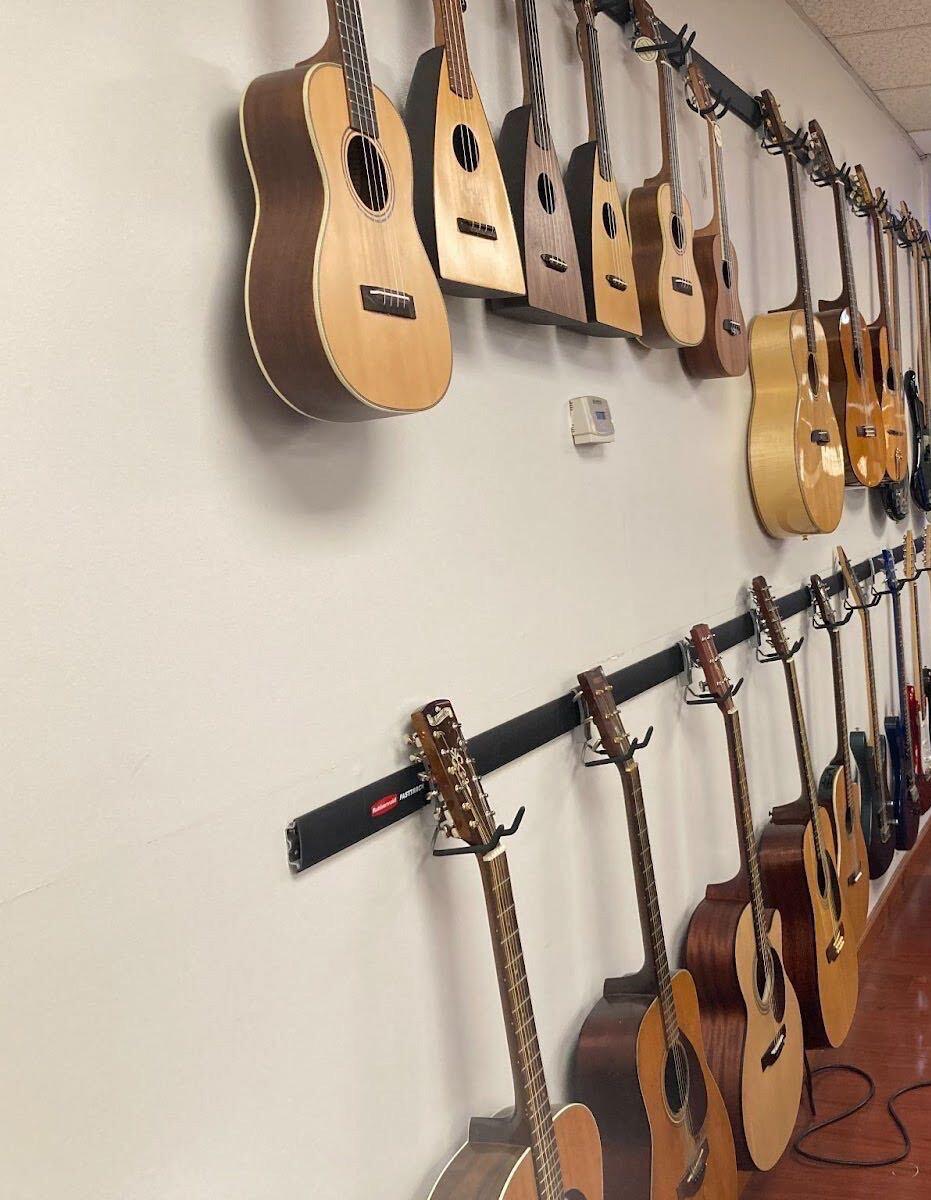
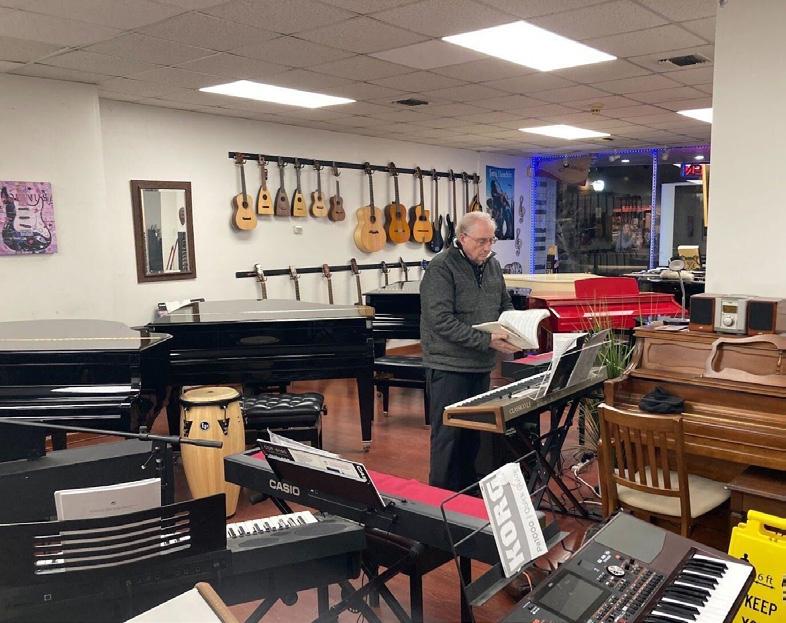
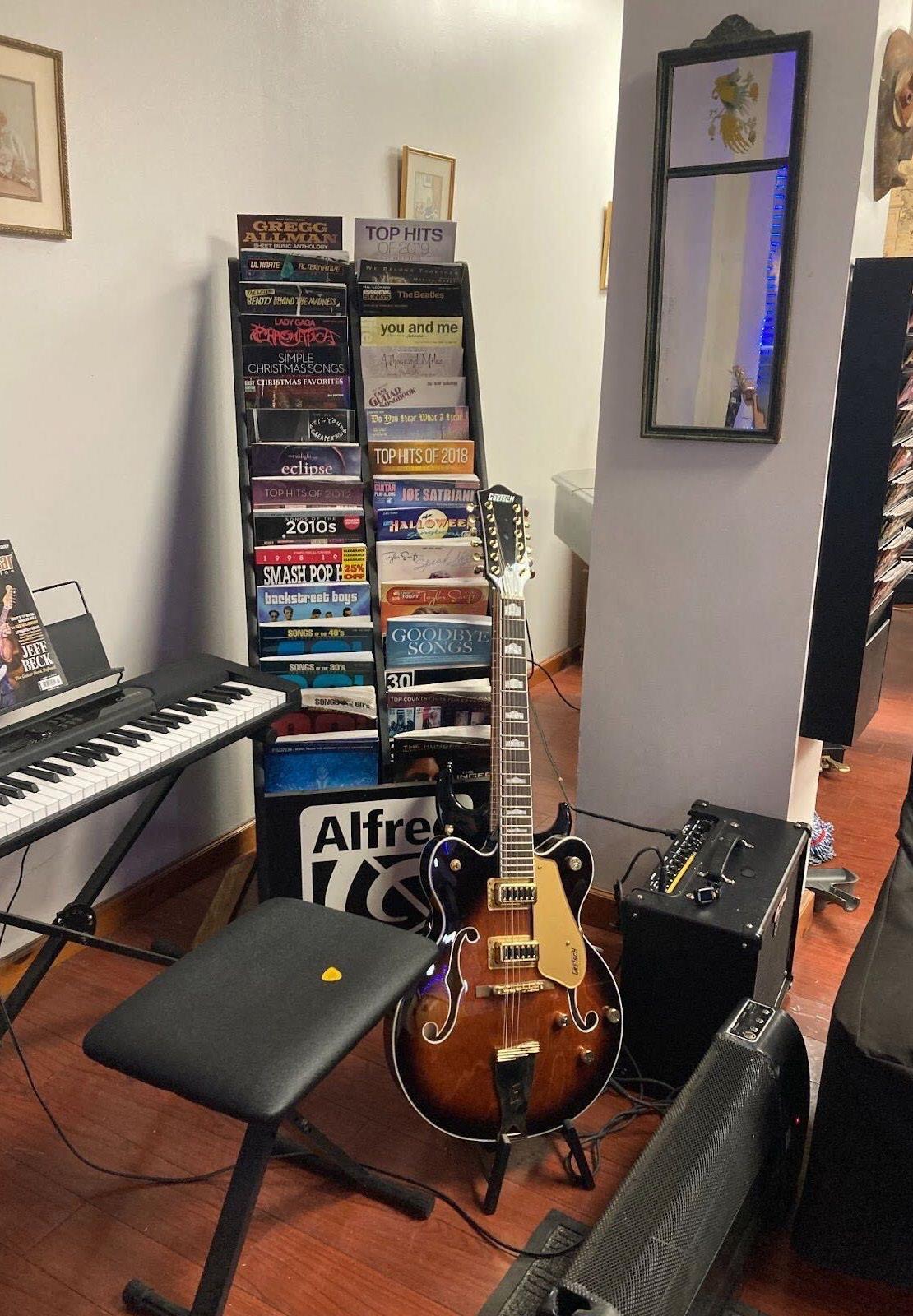
Editor’s note—Reporting for this story was originally completed in the fall 2022 semester for a JOUR 89A class project titled “Smells Like Zine Spirit.”
Since moving to their new location on Washington Street in West Newton, Welcome Home — a local nonprofit that outfits families experiencing hardship with household items, furnishings, and goods — has served approximately 300 clients each month, providing them with household items and basic necessities to turn their living spaces into homes.
Welcome Home was created by Newton resident Julie Plaut Mahoney in 2016 when she was working as the Volunteer Coordinator for an organization called Newton at Home. Newton at Home works to keep older people in the Newton area in their homes instead of assisted living and provides them with essential services — yard work, shoveling, or anything else they may struggle with as older adults — to support them so they remain in their communities.
In the process of working with Newton at Home, Plaut Mahoney observed a pattern of downsizing as residents grew older. In the process, many residents began throwing out home-related items, as they no longer had space for them. Plaut Mahoney called her good friend Mindy Peckler to talk about this issue.
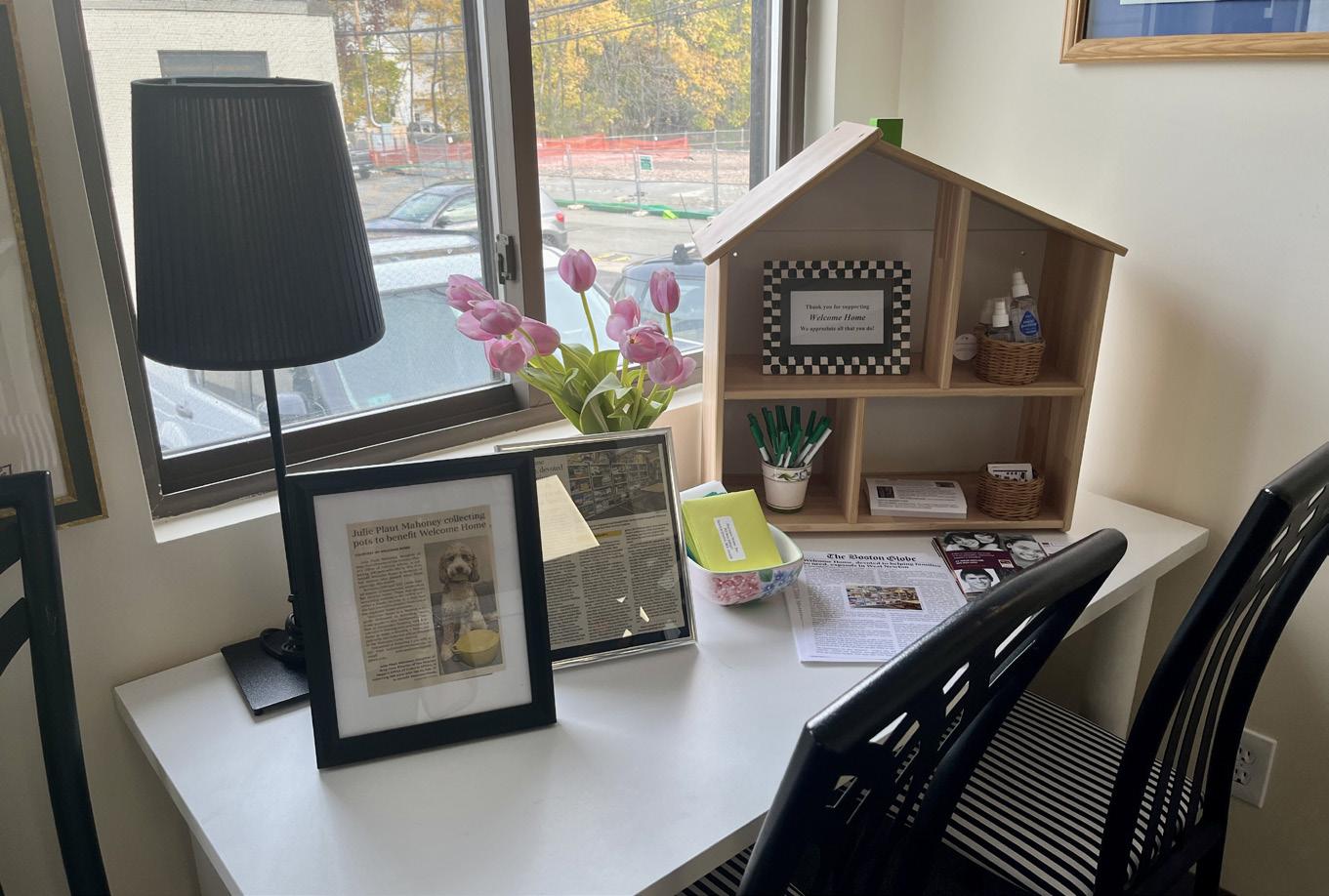
“There’s so much,” Peckler recalled telling Plaut Mahoney about the no-longer-needed items, in an interview last fall. “And people in Newton are so generous, nobody’s looking to sell, they want to give it away. She [Plaut Mahoney] said, ‘You and I need to find a way to get this into the hands of the right people.’”
And thus, Welcome Home was born. Today, there are over 100 volunteers who help out in all aspects of the nonprofit, and that number is steadily growing.
Gathering items from the people getting rid of them was easy enough. The real struggle, Plaut Mahoney and Peckler found, was how to get the word out to community members who might need the items. Peckler explained that the pair went to the quarterly social work meeting at the Waltham Jewish Family and Children’s Services office and gave their pitch to an audience of 75 social workers. She recalled, “Afterwards somebody raised their hand and said, ‘So what kind of documentation does my client need?’ And we looked at each other and we were like ‘none.’ We really hadn’t discussed it, but we decided [on] no documentation at the moment.” While at first it wasn’t a planned-out decision, Peckler explained that it became an intentional choice moving forward so the process could be stream-lined for all their clients.“So for our clients, they don’t have to live here, they don’t have to be a citizen … And some people walk in and they start taking papers out of their bags, and we’re like, ‘No, no, no. You don’t need to do anything. Please just come in,’” Peckler said. She added that this “is what sets us apart from other organizations.”
Since then, Welcome Home has gained hundreds of clients and has a full waiting list. “Right now we have about a three month waiting list of people, which is really horrible because if somebody needs a comforter, they need it tonight — they don’t need it in 12 weeks,” Peckler said.

Nonetheless, Peckler and all the other volunteers are still happy about the work they are doing currently, and they all look forward to being able to serve more clients
with their new, larger space. However, Peckler added that despite the optimism, “The truth is, as hard as we work, you know, we’re never going to solve the problem, the social issue of poverty. But we feel like every day we do our part. And so, every day we get a little closer.”
Peckler described the organization’s philosophy about their clients, saying, “We want our clients to be treated with dignity and respect. That is our number one goal. When somebody leaves here, they should feel like they just went shopping and were able to get things to make their house a home.” With their client base growing, they serve clients from what they call the “backwards C.” Looking at a map, their clients come from places as north as Lawrence and Lowell, as west as Worcester, and all the way to the South Shore of Massachusetts. With 85% of clients discovering the organization through word of mouth according to Peckler, Welcome Home is making a big impact on not just the Newton area, but communities all across Massachusetts.
Plaut Mahoney is the only full-time worker for Welcome Home, and the rest of the operation rests on the shoulders of the many volunteers who help out in all aspects of the nonprofit. Peckler described one volunteer who takes small appliance donations home, fixes them up, and returns them to be given away. Other volunteers will take home buckets of silverware and match up sets, or fold hundreds of sets of sheets and pack them neatly together. Another volunteer helped gather data on the clients that Welcome Home serves. According to Peckler, these volunteers treat Welcome Home as seriously as another job for them, and Welcome Home gives them all the resources they need to best serve the community. “You know, as much as we serve our clients, we also really serve our volunteers. Every month we have a speaker series, it’s on Zoom, and we have a short meeting about what’s going on at Welcome Home, and then we bring in a guest so that we are all educated on different topics that might touch Welcome Home.”
Welcome Home experienced a volunteer boom over the pandemic. ”We kept going,” Peckler said in regards
to when COVID-19 first hit Massachusetts. “More people were looking for things to do, and a lot of the volunteer programs at other places were closing. So those volunteers were also looking for things to do, and we had plenty of things to do that they could do at home.”
Furthermore, donations also increased during the pandemic. “People also were cleaning out their houses at that time because they had nothing else to do. It was really fortuitous that people were home wanting to do good, which really, it says so much about our community.”
In May 2022, Welcome Home received the 2022 Green Newton Nonprofit Leadership Award from the city of Newton, acknowledging their strides to be environmentally friendly and a leader in nonprofit environmental protection in the community. As Peckler described, “It is not our philosophy to buy new goods. We repurpose everything… And we’re very discerning about what we take …We inspect everything. If there’s a stain on a sheet, it goes in fabric recycling or to an animal shelter. The only things that actually come in our doors are things that we are going to then give to our clients. So everything else finds a home.” Welcome Home participates in fabric recycling, metal recycling, and a variety of partnerships to get items that they don’t necessarily need to places where they will be appreciated.
One of the companies Welcome Home partners with is called Grad Bag, which aids first-generation college students in outfitting their dorm rooms with anything they may need. Welcome Home will save twin XL sheets, clip fans, anything that may be needed for a dorm room, and give it to Grad Bag. Peckler explained how big of a difference it could make in the community if even a small portion of items discarded by college students — everything from sheets, pillows, and beds to dishes, silverware, and small appliances — are donated to Welcome Home: “By donating your things when you’re done with them, you’re affording somebody else those same luxuries that you’ve had. And you’re doing it in a way that treats them with respect.”
With over 100 volunteers, Welcome Home — a nonprofit organization dedicated to helping families gather the items they need to live comfortably — continues to grow in size and scope.MADDY DULONG/the Justice SUPPLIES: Welcome Home stocks its shelves with goods.
Jen

 Cameron Cushing and Sofia Gonzalez, Senior Editors
Cameron Cushing and Sofia Gonzalez, Senior Editors
Lauryn Williams, Deputy Editor
Juliana Giacone, Samantha Goldman, Megan Liao, Natalie Kahn, Jack Yuanwei Cheng, and Ariella Weiss, Associate Editors
Dalya Koller, Leah Breakstone, News Editors
Cayenn Landau, Features Editor


Tibria Brown, Forum Editor
Aiden Guthro, Sports Editor
Mina Rowland, Arts Editor
Smiley Huynh, Owen Chan, Photography Editors
Julia Hardy, Isabel Roseth, Copy Editors
Anna Martin, Layout Editor

Maddy Dulong, Ads Editor
Zachary Goldstein, Eden Osiason, Online Editors
If you are interested in submitting advice for the upcoming column, follow our Instagram: @thejusticenewspaper.
A:“Since midterms are upon us the next few weeks will no doubt be busy. Organize yourself. Stay hydrated, eat balanced meals, and get plenty of rest. Create a study schedule. Tackle one project or test to the best of your ability at a time. Be confident. You got this! Academic Services is here to support you. Contact us via email acserv@brandeis.edu or 781-736-3470.”
— Academic Services
“Academic advisors and Roosevelt Fellows are available for 20-minute (schedule up to a few days in advance) and 30-minute appointments (schedule up to three weeks in advance). Students are also encouraged to also consult with faculty advisors in their major/ minor, departmental undergraduate advising heads (UAHs), and/or peer undergraduate department representatives (UDRs) for support.”
— Academic Services EDITORIAL
The Boston/Cambridge shuttle service was reinstated on Feb. 17 after being suspended since the shuttle accident on Nov. 19, per a Student Union email. This board would like to acknowledge that many members of the Brandeis community are still dealing with the aftermath of the accident.
Though conversations about the accident have mostly subsided at the University level, resources are still in place to support community members. We continue to grieve the loss of fellow Brandeis student Vanessa Mark and stand in support of those who were directly or indirectly impacted by this tragedy. We also recognize the difficulty that comes with making the choice to use the shuttle again and urge the University to continue to provide students with spaces to discuss and heal from the accident.

The new shuttles, operated by WeDriveU, feature new safety precautions, including seatbelts for all passengers. The company has also stated its commitment to thorough screening practices when hiring drivers and regular maintenance of its vehicles.
According to the Public Safety website, the shuttle now runs from Friday to Sunday in 1.5-hour loops, picking up and dropping off students from Usdan, Harvard Square, and Massachusetts Avenue. The re-instated service also includes an app, Tripshot, that students can use to track the buses in realtime. This feature is an improvement from the tracking tools available in the past, which were often unreliable or unavailable.
However, this board feels that requiring an additional app to successfully utilize


the shuttle service is inconvenient and not ideal, especially considering that a separate tracking software is required for tracking the Joseph’s Waltham shuttle and the campus shuttles. Furthermore, since the implementation of the new service, members of this board and the broader Brandeis community have experienced delays and inconsistencies with the Boston/Cambridge shuttle. As was the case with the previous service, the shuttle does not arrive at pickup locations on time, and cancellations are not communicated with students the most efficiently.
Due to the inconsistencies with the BranVan and the Boston/Cambridge shuttle, students are often left on their own to find alternative modes of transportation. For students balancing the rigorous academics of Brandeis along with the emotions of the recent shuttle accident, issues like this only strain and stress the student body further.
This board urges the University to find a streamlined approach to communicating delays and cancellations so that students are not left waiting — especially at later hours — without the reassurance that the shuttle will arrive. Early communication, coupled with consistent alternative modes of transportation, will allow students to confidently and comfortably move around the campus, Waltham, and the greater Boston area.
In light of this, this board would like to highlight the availability of other transportation services in the greater Boston area. Apart from Uber, Lyft, and other ride-
sharing services, the MBTA commuter rail and various buses run frequently from Waltham to Boston/Cambridge throughout the week. More information can be found on the MBTA website, as well as the Brandeis Public Safety website. Since the Brandeis Boston/Cambridge shuttle does not run every day and can be unreliable, this board urges the University to participate in the MBTA Semester Pass Program which offers college students an 11% discount in MBTA bus, subway, commuter rail, and ferry fares.
Multiple schools, including Harvard University and the Massachusetts College of Pharmacy and Health Sciences, already participate in this program. While it is true that students attending these schools likely rely on MBTA services more often due to the location of these universities, Brandeis prides itself on its proximity to Boston and in providing community members access to the city.
It only makes sense, then, that the University helps students afford alternative services that facilitate access to the Boston area daily, not just on the weekends when the shuttle is operating.
As these shuttles return to their scheduled routes, it is understandable that students may remain hesitant. With experiences as emotionally charged as the accident, it may take students quite some time to feel comfortable with Brandeis transportation. We urge the Brandeis administration to reach out to students again and offer alternative transportation, such as providing students with compensation for Uber or Lyft rides or
utilizing other campus vehicles for student use.
Although the shuttle will provide a part of the student body with needed transportation, Brandeis must account for the whole campus community the best it can. We urge members of the student community to check on their friends and make sure that they are doing alright, and if you are able, try to give space and listen to friends’ experiences.
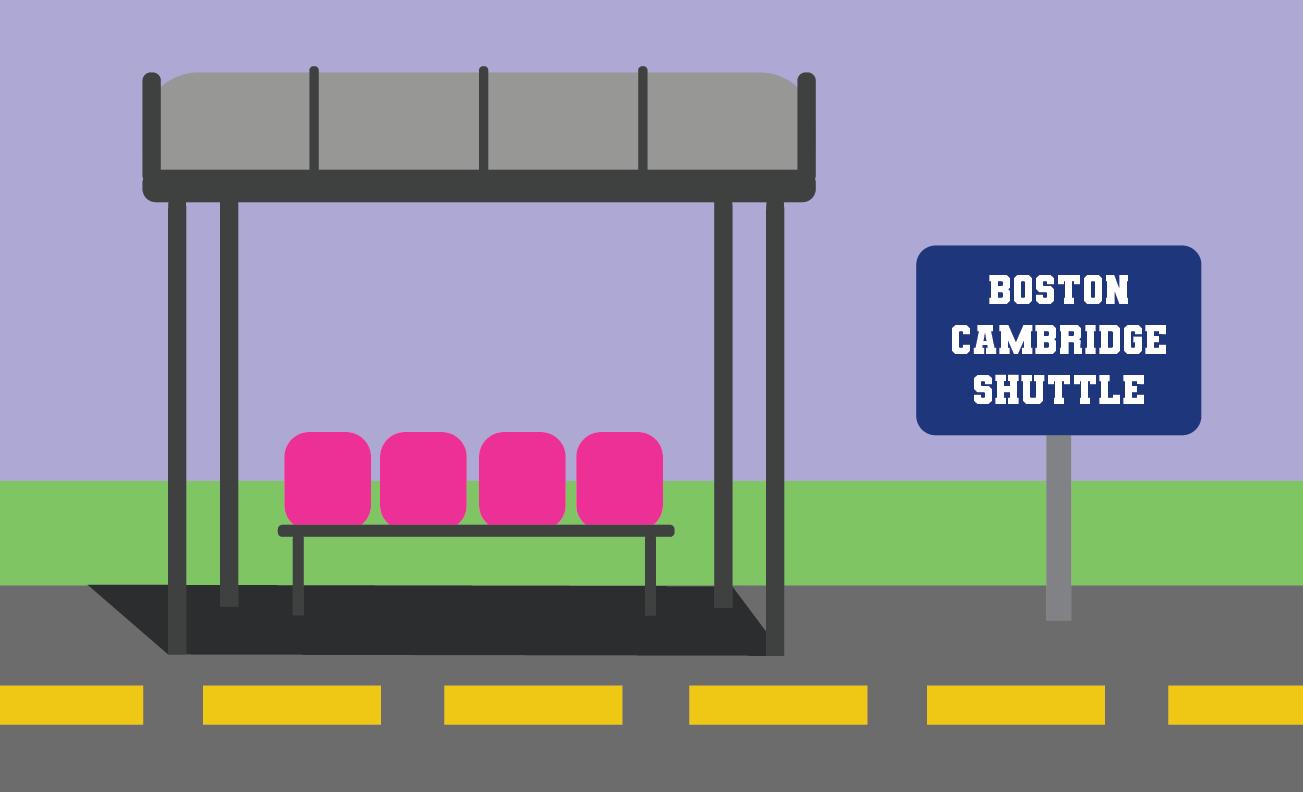
Also, here are other resources for students if you are seeking professional help: the Brandeis Counseling Center; the Prevention, Advocacy, and Resource Center; Brandeis Health & Wellness Promotion; the Center for Spiritual Life; and in case of emergency, Brandeis Emergency Medical Corps, Brandeis’ student-led emergency responders.
The accident affected everyone differently, and people grieve and recover on their own schedule. Brandeis has always based its mission as a University on values of equity, inclusion, and transparency, and we ask the University to represent and demonstrate these pillars of belief now more than ever particularly in regards to transportation. The Brandeis community can find alternatives to transportation options provided by the University. For example, if you have a car on campus, reach out to friends who are wary of campus transportation and offer a ride if you feel comfortable doing so. Nonetheless, although there are grassroot options to fill gaps in transportation, the University is obligated to provide transportation solutions that fulfill all students’ and community members’ needs.
Crystal, Editor in Chief
Jane Flautt, Managing EditorANNA MARTIN/the Justice
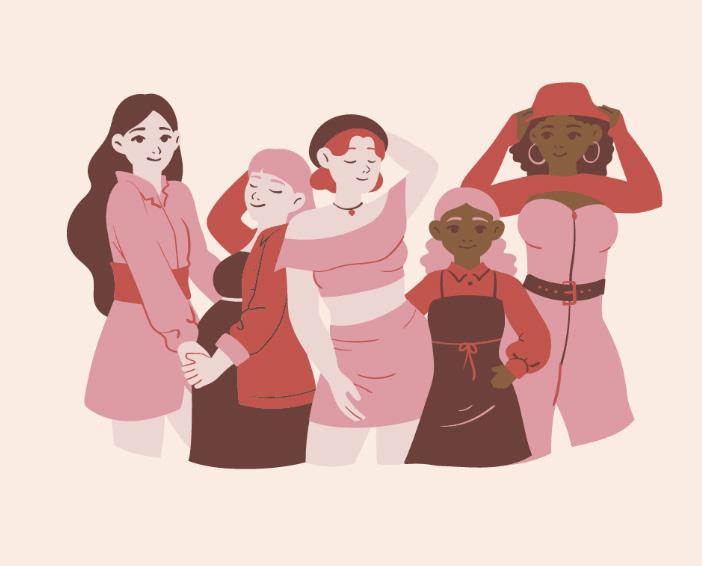 By MIRABELL ROWLAND JUSTICE STAFF WRITER
By MIRABELL ROWLAND JUSTICE STAFF WRITER
I was sitting in the library scrolling through YouTube shorts. Yes, I know, the library is where you are supposed to be productive, but alas, this is my life. I stopped when I saw a video in response to International Women’s Day. The video was of Kriti Sanon’s powerful message about the contradictory nature of this day. Her message was delivered unconventionally, where she literally said nothing while using placards to say everything. She explained how every year it is the same rhetoric: people say “girl power” and “women’s rights,” and yet, despite all of the talking that occurs, there is no action. My favorite line from her video was “glass ceilings remain rock solid.” This metaphor perfectly speaks to the fact that no matter what progress has been made for gender equality, there is still a long way to go — glass ceilings appear to be easily broken and yet they are not. Even when women become CEOs, they are not paid equally. Yet another aspect of this issue I considered was how there is usually no discussion of what happens when you break a glass ceiling — the shards that fall and how they cut you on your way to the top. All of these ideas were surfacing for me as I watched Sanon’s video. Her message struck a chord. This video made me truly reflect on the intention behind dedicating a specific day or month to celebrate a particular marginalized group. Why is March 8th the official International Women’s Day? Why is only one month dedicated to talking about the legacies that women have left for future generations? This month is supposed to be a time of reflection, celebration, and acknowledgment of the ways that women have advanced our world culturally,
politically, and scientifically. This month was made to remember women, and yet, what happens after March — are women forgotten?
In March, we talk about women who have been a part of monumental moments in history, yet rarely do we discuss the issues still affecting women today. Seldom are there conversations about how problems can be resolved through men doing better.
Furthermore, as with any month, the idea of creating a time and space for these conversations significantly minimizes their importance, as if women’s history is not American history, or as if it should be taught separately and only during this specific moment of the year.
There is a similar problematic undertone to other months that are dedicated to celebrating particular groups’ history, like how Black History Month seems to stand alone in telling the untold stories of the Black community or how Hispanic Heritage Month illuminates histories of the Latin American experience only during October. These monthly designations further imply that the stories of historically marginalized folks are not at the core of academic learning, nor should they be.
As quoted in a Learning For Justice article, “The trouble with Women’s History Month — with all these special months — is that they encourage people to think that problems have been solved. The female heroes of yesterday are acknowledged, the debt paid and the slate wiped clean.”
Although there has been some change, and we have a lot of women to thank for that, there is always more to be done. One way to start would be incorporating marginalized voices in teaching American history instead of cording off certain months to specific groups, which only further separates these discussions from
mainstream conversations about history.
With that being said, I am also a strong believer that women’s history should not only be a month but the entire year; it is important for women to support other women and men to support the women in their lives year-round. It is important to re-center the conversation around what men can do to combat gender inequality, instead of putting the burden of change on just those who identify as women.
Additionally, it is important to center
conversations about women of color and other marginalized groups as well. The narratives from women’s history usually revolve around white women, and I often see women of color struggling to navigate the intersection of these identities. There is still a lot of work to be done for Women’s History Month to feel like it is truly raising awareness for and benefiting all women. Having a month dedicated to women’s suffrage and successes is a fine first step, but it should not be the last.
 By TIBRIA BROWN JUSTICE EDITOR
By TIBRIA BROWN JUSTICE EDITOR
Over the past century, powerful individuals have made decisions that have irreversibly destroyed the planet. The exigent state of our climate is something that has been brushed off by world governments for decades. This reality is, understandably, incredibly overwhelming for the majority of people to hear.
This modern existential threat looms over humanity’s consciousness, and most discussions around the topic inevitably lead to fear mongering and doomsday bells. In my opinion, this approach is a fair emotional response to a crisis of this magnitude. However, in an era where the validity of is constantly questioned, in order to convince people to take action and take this situation seriously there has to be a better approach than anxiously inspiring “Lovecraftian” terror among people who legitimately want to help.
It’s been scary watching as climate change becomes more apparent over the past few years. CNN published an article in Dec 2022 highlighting the most intense manifestations of climate change. While reading that article, the tragedy of Hurricane Nicole stuck out to me because it was the first hurricane to hit the United States in nearly 40 years.
Though the hurricane was only level 1, the event caused massive and destructive wind fields that traveled over 500 miles and affected my home in Georgia.
I’ve tried for a while to engage myself in
reversing climate change. I was on trend when VSCO girls of TikTok championed reusable straws to save the turtles and engaged in petty sparring matches with climate change deniers in Twitter threads. But as I returned home for my 2022 Thanksgiving break and saw the terrifying effects of climate change with my own eyes, I froze.
The threat was too real now. Though my home is deeply embedded in the metro Atlanta area, hundreds of miles from where Hurricane Nicole lightly tapped the east coast of Florida, the damage my town faced was palpable. My community was afflicted with casualties of downed trees and days long power outages.
I began to spiral. If this was only a level 1 hurricane hundreds of miles away and it did this, what would a stronger one do? This fear was almost paralyzing at first, I panicked and tried to ignore the problem, but it continues to worsen. I’ve continued reducing waste when I can by avoiding one-use-plastics and bringing reusable bags when shopping, but it’s not enough. Thankfully, there have been a handful of major steps taken to slow the effects of climate change.
A fund created at the United Nations Environment Programme climate summit to help vulnerable nations recover from climate related disasters. And President Biden passed a major climate bill anticipated to reduce the United States’ carbon emissions by roughly 40% by 2030. These are monumental changes finally being made in the right direction, but if you’re like me this might not feel like
enough. Perhaps I’m jaded, because this has been an issue for so long and it’s only now that seemingly obvious steps are being taken.
So what can we do?
1. A major change that should be made — that needs to be made — is keeping up with elections and choosing individuals that have the people’s and the planet’s best interest in mind.
2. Directly donate to charities and support industries that have promised to help the Earth and have also taken strides to do so. Talk is cheap after all.
a. The Sunrise Movement is a movement of young people across race and class to stop the climate crisis and win a Green New Deal. Their goal is to “force the government to end the reign of fossil fuel elites; invest in Black, brown, and working class communities; and create millions of good union jobs.
b. Founders Pledge climate change fund’s mission is to support highlyimpactful, evidence-based solutions to the triple challenge of climate change, air pollution, and energy poverty.
c. Clean Air Task Force is a nongovernmental organization operating out of the United States that has been working to reduce air pollution since 1996. It has successfully helped establish regulations of diesel, shipping, and methane emissions.
3. Small changes anyone reading this can make today are to simply live a more eco-
friendly lifestyle. That means drinking out of reusable water bottles, buying reusable utensils, not eating out as much so you don’t receive disposable containers, walking and biking more places, etc.
Trust me, my goal is not to fearmonger by telling tales of the dangers of plastic or shame anyone into buying an expensive electric car. I’ve been so shaken by the scope of climate change that I wasn’t sure if it was actually possible to make a difference as an individual.
But there are so many ways, big and small, that we can contribute to slowing down the effects of climate change and hold onto the planet for a little longer. A lot of the work to save our planet requires collective efforts toward that goal. This is a daunting task, and it may seem easier to give up, but we simply cannot.
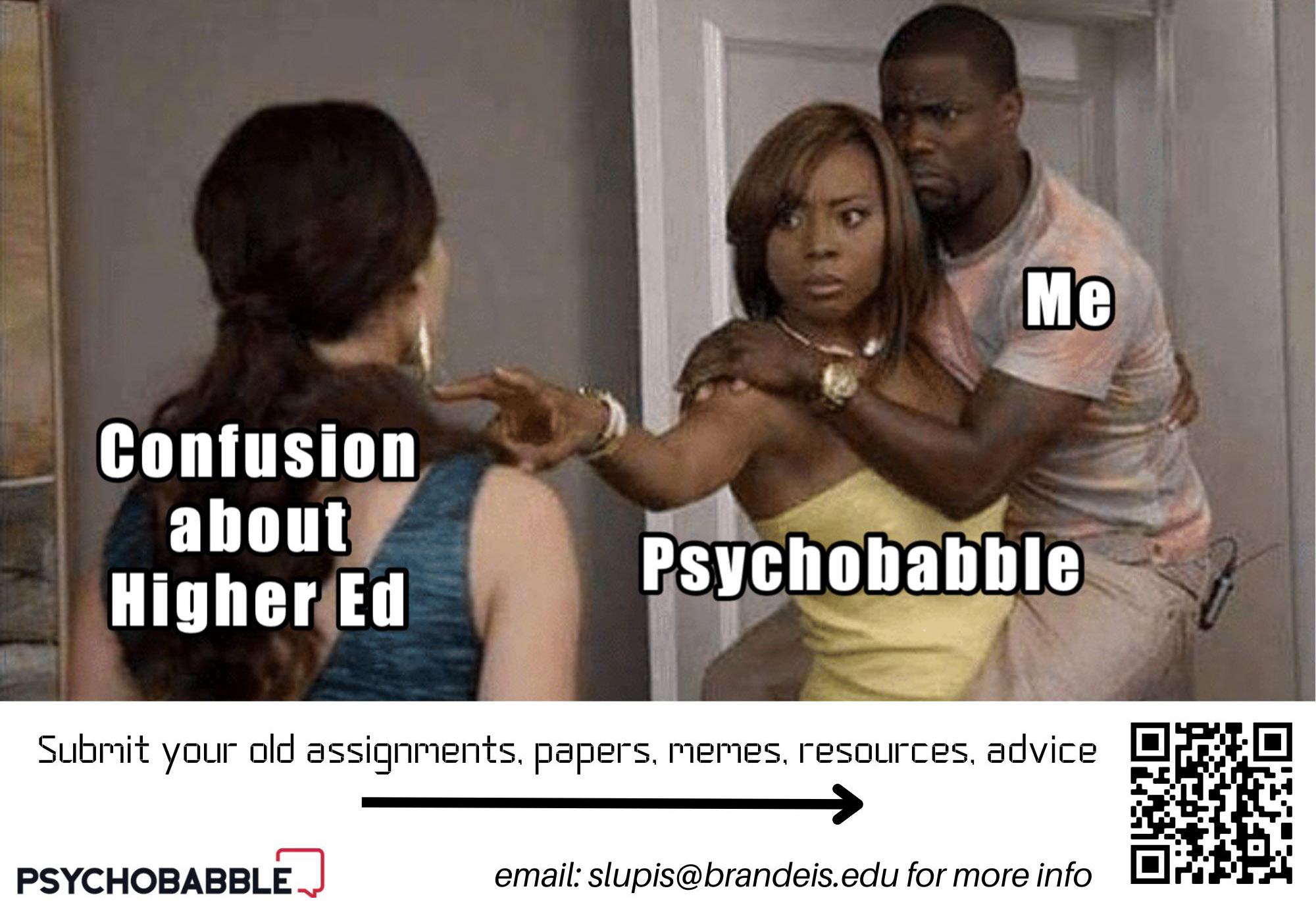


CONTINUED FROM 16
Coach K at the helm.
The University of Alabama, Houston University, University of Kansas, and Purdue University secured their number one seed. Although being the number one seed puts a team in great position, it doesn’t secure them a win. Back in 2018, University of Maryland, Baltimore County stunned the world by beating University of Virginia to become the first 16 seed to beat a one seed. And last year, Saint Peter’s University became the first 15 seed to qualify for the Elite Eight.

That is the beauty of this tournament: Anything and
everything is possible. There is no such thing as a sure bet in March Madness.
Outside the top dogs, University of Connecticut, Creighton University, and Xavier University have been pegged as possible title contenders. There is no telling who may be the Cinderella story this year. It’s all about winning and advancing — the best teams are the ones who never look back. Get ready to dance!
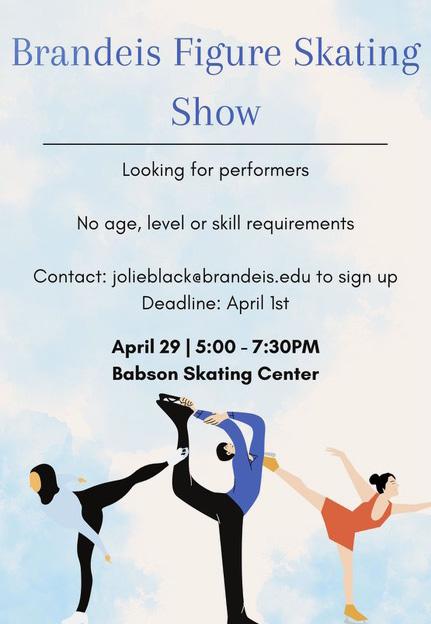
Games officially begin on March 17. To follow along with the toent, keep an eye out for the Justice as we report on all the action … I mean Madness!
CONTINUED FROM 16
Matching up against an up-andcoming Great Britain team was a good test to start the tournament, but the teams will only get harder as the campaign continues. Japan and the Dominican Republic have some serious star power on their sides as well and will look to knock the Americans off their pedestal. USA vs Mexico
In their March 12 match-up vs Mexico, the Americans’ lack of pitching depth showed through as they fell 11-5 to their North American challenger. Mexico drew first blood with a two-run home run from Joey Meneses in the top of the first.
Defensive mis-cues and rough pitching plagued the third inning and helped Mexico to extend the lead. An inning later, Meneses corked his second bomb of the day, driving in three runs and pushing the lead to six — 7-1.
The U.S. did their best to re-enter the game, but Mexico kept their foot on the gas and finished the game 115. Tim Anderson and Bobby Witt Jr. were the lone bright spots for the
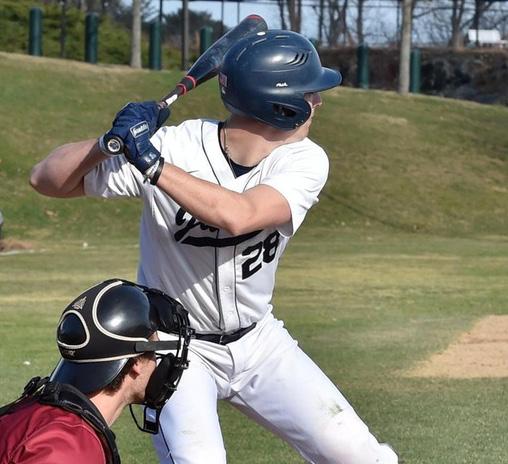
CONTINUED FROM 16
U.S. Anderson recorded two hits with three RBI’s, while Witt made his first tournament appearance and recorded a hit and RBI in his one visit to the plate.
With an interesting combination of veteran and young talent, this USA team is poised for a deep tournament run. However, as every sports fan knows, with every Goliath there is a David; complacency and comfortability could spell doom for the Americans. Mexico proved that no one is unbeatable. After falling to Colombia on March 11, Mexico entered the game with a fierce mentality and delivered devastating blows early.
In a tournament that is as emotionally and nationalistically charged as this one, it will take more than pure talent to lift the trophy.
Tournaments like this are built on moments — moments of luck, perseverance, and the unimaginable. A World Series trophy places you in a special category, but a title at the World Baseball Classic places you and your team in sports immortality.
with one. Pitcher Sean Decker-Jacoby ’24 recorded the loss with 20 batters faced, five hits, five runs, and four strikeouts. The Judges fell to 1-2 with the Jumbos remaining undefeated with a 2-0 record.
Judges 5, Bison 4 In dramatic fashion, catcher Justin Keeler ’25 had a walk-off single to give the Judges a victory over Nichols College. After the cancellation of their first game against the Massachusetts Institute of Technology at the Trinity College Invitational, the Judges were able to get back in the win column. Kim got on base with a double, and King brought him in with a sacrifice fly at the bottom of the first. However,
Nichols got run-off pitcher Christian Tejada ’23 at the top of the third inning to tie things up. Tejada had a strong start, leading off the Brandeis pitchers with only one hit and running over four innings. Although the Bisons pulled ahead at the top of the fifth, the Judges retaliated with two more runs —- Kim then hit a triple and scored two to pull ahead 3-2. At the top of the eighth inning, Nichols got their first lead of the game — 3-4. Simon got home to even the score at 4-4 and a big ninth-inning defense set things up for Keeler.
Pitcher Marc Maestri M.B.A. ’23 struck out two batters, with Keeler throwing out a runner at second to
finish off the inning. Pinch hitter Nick Heafey ’24 led off at the top of the ninth with a single. He was able to move to second on a pitching error and stole third. Keeler stepped up to bat and delivered the needed single to provide the Judges their second win of the season. Maestri had the win as the relief pitcher and moved him to 2-0 with one hit, one run, and five strikeouts after facing 10 batters. Kim had a big game, with three hits, two RBIs, and one run-in to help the Judges get on the scoreboard. The Judges moved to 2-2, and Nichols dropped to 1-7. Brandeis will square off against Worcester Polytechnic Institute on Thursday, March 16.

Join us for a three-week exploration of music’s powerful role in our society’s journey toward equality.
Use Promo Code VOICES for $25 Tickets | View the Full Festival Schedule at BSO.ORG



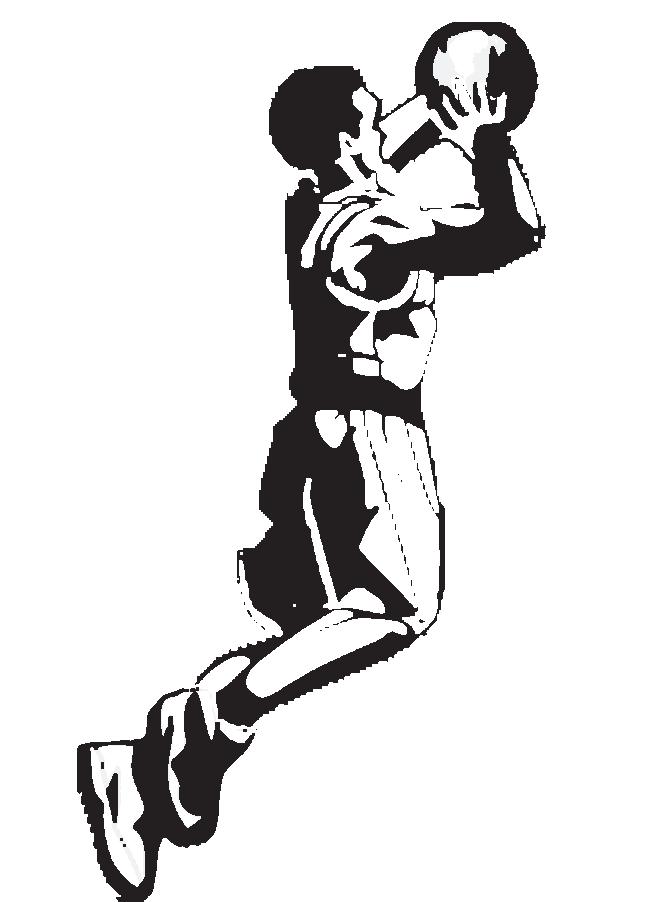

■ After starting their seasons on the right foot, the university tennis teams are both ranked within the top 25 nationally.
By JOSH GANS JUSTICE STAFF WRITER
Women:
The women’s tennis team, ranked 19th nationally, has started the season with a 5-3 record. In the fall, they competed strongly at the Wallach Invitational at Bates College and the ITA Regional Championships. They beat Nichols College 9-0 in their first dual match, ending the fall on a high note and setting a positive tone heading into the spring season. From Feb. 11-12, the Judges dropped their first two matches of the spring season to 6th ranked Massachusetts Institute of Technology and Division I Bryant University.
Their schedule would not get any easier after that. On Feb. 20, they traveled to California, set to compete against multiple ranked teams. They first faced previously19th ranked California Institute of Technology, scraping past them 5-4. They followed this great win by dispatching Whittier College, 8-1. Their final two matches were scheduled to be against 15th ranked University of Redlands on Feb. 22 and top ranked Claremont Mudd-Scripps on Feb. 24.
They were close to another statement win over Redlands, when gray clouds suddenly loomed over the Golden State. As captain Anastasia Sia ’25 accounted in her interview with the Justice on March 11, the Judges won the doubles matches 2-1 and were level 2-2 in singles matches, with the final two matches nearly completed. Nancy Zhang ’26 had won the first set and was just three points away from winning her second and sealing the victory
for Brandeis, when the hosts were saved by the bell — a rare hailstorm. Initially, the match was just suspended, set to be resumed in the following days, but the storms persisted, and the match was unable to be restarted. It was eventually called off completely, as was their ensuing match against the nation’s highest ranked team. Despite this mishap, Sia found this trip to be productive. The team spent time together and did many off-court activities such as bowling, cooking team meals, watching movies, and going to Disneyland. “We got a lot closer as a team and brought memories back to campus that will last us this season and beyond.”
Since their trip, the women have knocked off Wheaton College 9-0 and Division II Franklin Pierce University 7-2, before losing to Colby College 8-1. Bhakti Parwani ’25 and Rebecca Suarez ’26 are 11-1 together in doubles — Parwani is 6-3 in singles. The skipper, Sia, is 8-4 in singles.
Overall, the women are 42-35 in singles sets (27-25 in duals and 15-10 in tournaments) and 24-17 in doubles sets (17-10 in duals and 7-7 in tournaments).
They are coming off a difficult 6-13 season last year, already one win away from matching last year’s total. Sia described this team as young, humble, and hungry. “We are definitely very strong, and we have had some really good wins against nationally ranked teams. We try to stay process-oriented and focus on the things that we can control.”

The women host Wesleyan University next on Wednesday, March 22.
Men:
The men, ranked 24th, have also started off well with a 4-3 record. They had strong performances in the fall, competing in the Middlebury Invitational and the ITA Regional Championships. They began the spring on Feb. 4, defeating St. Michael’s College 6-3,

and followed that a week later by taking care of Franklin Pierce 9-0, two Division II opponents. They also traveled to California, splitting their matches there. They lost 7-2 to fifth ranked Claremont Mudd-Scripps and dropped a tight affair, 5-4, against 16th ranked California Institute of Technology. Fortunately, all of their matches were completed despite the weather, and they were able to recover. They emphatically knocked off 25th ranked University of Redlands 7-2 and followed that with a 5-1 win over Whittier, ending the week on a positive note. In his interview with the Justice, captain Hunter Levine ’23 emphasized that this away trip was “a great time both on and off the court.” Off the court, this was a great team bonding experience. On the court, they showed resilience in their ability to bounce back. “Definitely good to play four matches in five days in preparation for the UAA tournament in April.” The goal for the team, according to Levine, is to reach their full potential by that tournament.
After their trip, the men were beaten 8-1 by 20th ranked Colby College. Tommy Harrison ’26 is 8-5 in both singles and doubles. Skippers Simon Kauppila ’23 and Levine are 11-3 together in doubles. Alex Merson ’26 is 8-3 in singles.
Overall, the men are 45-48 in singles sets (20-19 in duals and 2529 in tournaments) and 26-19 in doubles sets (14-7 in duals and 12-12 in tournaments).
Just two years ago, they reached the NCAA tournament and saw Jeffrey Chen ’22 and Adam Tzeng ’22 become the first judges to reach the doubles’ national championship, finishing as runners-up. Last season, they finished 12-6.
The men travel to Rensselaer Polytechnic Institute next on Saturday, March 18, and their next home match is against Rochester Institute of Technology on Saturday, March 25.
■ The Americans outlasted Great Britain in their first matchup of the World Baseball Classic but fell to Mexico the next day.
By AIDEN GUTHRO JUSTICE EDITORWith a team chalked full of All-Stars and power hitters, Team USA’s first game in the World Baseball Classic felt like a lackluster performance only scoring 6 runs in the effort. From Mike Trout to Mookie Betts, this USA team is one of the strongest line-ups in the world. Needless to say, it surprised many baseball fans when Great Britain took an early 1-0 lead over the defending champs at Chase Field in Arizona.
USA fans looked forward to battling their cross-the-pond rivals, but they got a rude awakening when Dodger outfielder homered in the top of the first inning off starter Adam Wainwright to put Great Britain up early. Wainwright is an Major League Baseball veteran with three All-Star appearances and two Gold Gloves to his name. Vance Worley, in comparison, started on the rubber for Great Britain. Worley was an MLB journeyman from 2010 to 2017, playing for five different teams during that period. Amazingly, Worley was able to hold off the high
powered American offense for the first two frames of the game.
As the third inning rolled around, USA fans began to wonder when the offense would live up to their high expectations. Nolan Arenado answered the call and drove in his St. Louis Cardinal teammate Paul Goldschmidt to tie the game at one-a-piece. After breaking the ice, the Americans began to find their rhythm.

In the very next inning, Kyle Schwarber crushed Great Britain fans’ hopes by knocking a three-run homer toward the right field pool at Chase Field. Schwarber, last year’s National League home run leader, gave the Americans some breathing room with the home run and extended the lead to 5-1.
The homer by Schwarber looked to be the nail in the coffin for Great Britain. The second half of the match-up wasn’t filled with too much excitement. Following his first inning follies, Wainwright hit his stride and continued through four innings.
Jason Adams, Kyle Freeland, and David Bednar finished out the final five frames, combining for six strikeouts and allowing just three hits on their road to victory.
Arenado was the hero in the red, white, and blue, going 3-5 at the plate and bringing his 10-time Gold Glove to the defense. Arenado, who was a part of the 2017 title team, will be an important leader as the Americans look to go back-to-back.
■ The Judges Baseball team currently holds a 2-2 record after falling to Endicott and Tufts, but defeating Nichols.
By AKI YAMAGUCHI JUSTICE STAFF WRITERJudges 0, Gulls 20
The Brandeis Baseball team couldn’t get on the board against Endicott College this past Tuesday, March 7, giving a majority of their runs in the opening innings. Pitcher Winston Wacha ’25 had his first career start facing 15 batters in the effort. Unfortunately, he and two relievers gave up 17 runs between the first three frames. The Judges kept the Gulls scoreless until the bottom of the eighth inning as Endicott tacked on three more runs to put the nail in the coffin.
The Judges had five hits from their top three batters but were unable to bring in a run. Center fielder Sam Nugent ’23 and right fielder Steven Simon ’23 both had two hits at four
The Brandeis Men’s and Women’s Tennis teams both rank within the top 25 and have started their season off in the win column, pg. 15.
at-bats. Second baseman Alex Kim ’26 had a single hit, which rounded up the batting for the game. The Judges moved to a .500 record at 1-1, while the Gulls stayed undefeated at 2-0. Judges 3, Jumbos 9
Despite punching in two home runs, the Judges couldn’t come back to overcome a six-run deficit at the top of the ninth inning. Leadoff and captain Nugent started the game strong with a home run toward left field. However the Jumbos tied it up at the bottom of the first inning and gained their lead in the second — 1-3. With the score of 1-4 at the top of the fifth inning, captain Simon went yard for his fifth career home run to make it 2-4 leading into the sixth frame.
The Jumbos again extended their lead by two throughout the next two innings. Brandeis’ last scoring play came from a run batted in by pinch hitter Aidan Schleer ’25 getting his teammate Brian King ’23 home. Following that score, the Judges were unable to get back on the board, and Tufts added three more runs as insurance at the bottom of the eighth. Kim notched two hits with zero runs, and King got on the statistic sheet
■ Following the selection show on March 12, the Division I NCAA Men's March Madness tournament is set and ready to begin.
By PRATEEK KANMADIKAR JUSTICE STAFF WRITERMarch is a pretty wonderful time of year — winter is winding down, spring is on the horizon, and the NCAA hosts the most electrifying tournament. That’s right, we are in the midst of March Madness! It’s a time full of heartbreaking upsets, incredible Cinderella stories, and it all comes down to one team cutting down the nets and claiming the title of National Champion. College sports, unsurprisingly, are vastly different from the professional landscape. For a majority of these players, reaching an NCAA tournament will be the highlight of their career. Only a small percentage of college athletes ever come close to playing in the professional arena. What does this mean? Well, it means
that the intensity and passion is through the roof in college athletics.
The men’s March Madness tournament has been going on since 1939, and 36 different teams have won it all. The University of California, Los Angeles currently holds the record for most tournament wins with a mind-boggling 11 titles. Being one of the oldest and most successful college tournaments, March Madness garners heavy media attention: TNT, CBS, truTV, and TBS will be among the networks streaming games this year.
On top of that, according to a study by Statista, it is estimated that nearly 36.5 million U.S. adults filled out brackets for the tournament last year. That figure is actually down from the previous year — 36.7 million U.S. adults. With Massachusetts recently legalizing sports betting, it will be interesting to see how the state handles a tournament as popular as March Madness.
Behind all the media, all the analysts, and all the excitement around the tournament, the only important thing is the 64 teams battling it out for ultimate glory. The tournament is single elimination, and rankings are based on regular
season and conference playoffs results. Teams who win their conference get an automatic bid to the tournament, and the tournament also gives at-large bids to teams who the Selection Committee feel deserve a spot in the tournament.
Last year, the University of Kansas knocked off the University of North Carolina at Chapel Hill to win the tournament. Kansas was a heavy favorite entering the tournament, and they were able to take care of business and bring the trophy back to Lawrence.
This year, there are multiple big storylines as the tournament approaches. Following the selection show on March 12, UNC became the first team to be No. 1 in the Associated Press Top 25 preseason poll to not qualify for the NCAA Tournament. Joining their rivals and blueblood brothers in the headlines is Duke University. Since saying goodbye to longtime head coach Mike Krzyzewski, the Blue Devils have struggled to keep up their dominating traditions. Coming in at a five seed, it will be interesting to see how Duke navigates the tournament without the legendary
 Photo: Smiley Huynh/the Justice. Design: Smiley Huynh/the Justice.
Photo: Smiley Huynh/the Justice. Design: Smiley Huynh/the Justice.
From the powerful Viking empire to the liberal democracy known for Legos and social welfare, the critical transition of Denmark into a modern state is often considered to have happened at the turn of the 19th Century. Allying with Napoleon Bonaparte, the Danish state was devastated by defeat in the Napoleonic Wars from the early 1800s. The loss of Norway as a partnering state and its status as a grand international trading center contributed to the financial turmoil. Denmark in the 19th century lingered on its last leg.
The catastrophic state of the nation, nonetheless, sparked the patriotic spirit in Danish artists abroad. They sought to kindle nationalist sentiments through the revival of cultural conventions, representation of the Danish landscapes, and the realist depiction of Danish ports. The temporary exhibition “Beyond the Light: Identity and Place in Nineteenth-Century Danish Art’’ at the Metropolitan Museum of Art in New York displays a series of paintings and sketches produced in the era of Danish tumult, each seeming to yearn to depict the pride and scars of the once vibrant maritime empire. Showcasing works by Christoffer Wilhelm Eckersberg, Martinus Rørbye, Johan Thomas Lundbye, and more Scandinavian painters, the display halls of “Beyond the
MOVIE REVIEW
Light” are embellished with the celebration of the Danish identity and reminiscent of past empirical glories, but not without a solemn tone of sorrow.
“Copenhagen Harbor by Moonlight” (1846) displayed in the first hall of the exhibition, seizes the attention of viewers not only with its grand size compared to neighboring charcoal sketches, but by the distinctive colorito. The structure of the painting surrounds the illumination of the moon, half hidden behind mounting clouds that could connote potential rain; the remainder of the painting, the sky, and the waterfront are separated by the horizon built from the silhouette of edifices. In the field of view, workers can be seen laboring on the port, and closer to the source of light, cargo vessels and smaller fishing ships seem to be faring further away from the vision of the painter. The enthralling light sourced from the moon captures viewers immediately for the heavy juxtaposition from the overall dark surroundings accentuates its brightness.
Moonlight shines upon the margins of buildings, ships, and faces, only adding to the solemnity of the ambiance. The painter of the piece is Johan Christian Dahl, a romantic painter from Bergen, Norway — then part of Denmark. Considered the “Father of Norwegian landscape painting,” the master was a skilled crafter at depicting sophisticated features of the natural scene of the Scandinavian Peninsula. Dahl was schooled in Copenhagen and quickly gained
the artistic interest of Prince Frederick of Denmark after his education in fine arts. He would spend the majority of his years in Denmark, illustrating its architecture, landscapes, and maritime settlements. “Copenhagen Harbor” showcased his genius in depicting the night scene, characterizing the Danish identity as the seafaring state with the industrial scene surrounding the moonlight. Nonetheless, the faint night sky, tranquility of the water, and scattered workers reflect no sign of prominence. I nudged my art-indifferent roommate and asked about his most immediate feeling aroused from the painting. “It’s quiet, and it’s so sad,” he uttered after a long gaze at the painting from a distance. The Larsens Plads waterfront is, indeed, decked with overmounting, sorrowful transcendence in silence.
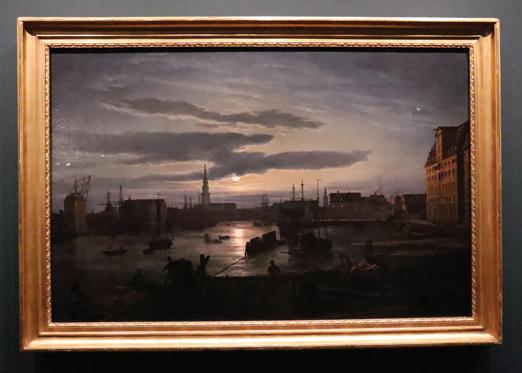
C.W. Eckersberg, the “Father of Danish Painting,” was another highlighted artist in the exhibition. His return from traveling abroad and commencement to produce artworks representing Danish identity prompted the emergence of the Golden Age of Danish Art. Aside from the vibrant oil paintings of architecture produced during his travels in Europe, “Beyond the Light” displayed mostly his graphite sketches. “View from the Domed Hall at Charlottenborg in Copenhagen” (1845) is a demonstration of Eckersberg’s skills in capturing the angling of perspective succinctly, accurately reproducing the view from a hall condescending down from the
mansion of Charlottenborg. By 1754, the Royal Danish Academy of Art had acquired the Charlottenborg Palace as its main establishment. Impossible to see the dome of the hall the artist is painting from, the sketch itself is heavily characterized by rational, straight lines and defined angles. The botanical embellishment from the off-center of the painting softens the heavy rationality.
Among the Danish artists associated with the Golden Age of Danish Art is Constantin Hansen, a student at Eckersberg who also later followed the master’s footsteps to travel to Southern Europe. The most known piece of Constantin Hansen is “A Group of Danish Artists in Rome” (1837), displayed in the exhibition as a loan object from the National Gallery of Denmark. The background of the setting resembles Eckersberg’s “View from the Domed Hall” with the flinged open balcony and the birds-eye view of the exterior. The seven artists are centered in the painting as the main subjects, in conversation about the topic of art. Such an assembly represents the closeknit circle formed by the Danish artists involved in the artistic revival of Danish nationalism.
Architect Gottelieb Bindsebøll, who is wearing an Ottoman fez that connotes his interest in antique objects and the Eurasian culture, reclines on the Turkish carpet as he recounts his journey with Martinus Rørbye in Greece. Outside of the Roman Hotel room are Italian cottages
with terracotta tops and silhouettes of mountains poured into the room through the sunlight and bright sky. The circumference heavily “Italian” underscores the corner of “Danishness” represented by the seven conversing artists.
In search of the lost glories, each Danish artist found their distinct way of representing the national identity through the portrayal of place, time, people, and nature. In the economic devastation and the ransacking of Copenhagen arose the reformation of culture that would later shape the perception of the Danish people on themselves, solidifying newfound national pride. From a struggling country living on the marginalized edges of the globe, the fostering of cultural nationalism brought a sense of hope and appreciation for the state to its people that allowed for persistence through years of hardship.
Throughout the Marvel Cinematic Universe, villains make or break their movies; Willem Dafoe’s Green Goblin, Michael B. Jordan’s Killmonger, and Josh Brolin’s Thanos all were carefully developed antagonists who facilitated massive character development for the protagonists.
During February break, I decided to treat myself to the movies by way of “Ant-Man and the Wasp: Quantamania” and thought I would enjoy it because Kang was the main villain. However, I was disappointed. Jonathan Major’s Kang the Conqueror in “Ant-Man and the Wasp: Quantamania” is phenomenal as a singularity. We’re introduced to this variant of Kang at the beginning of the film during one of Janet’s (Michelle Pfeiffer) first flashbacks to her initial arrival in the Quantum Realm. Kang appears as a meek exile with a broken multiverse transportation machine. He tells Janet of his exile from his home, masquerading as an innocent charmer who wants to stop countless realities from being destroyed. Janet believes him until she touches the Time Crystal in the temporal gateway core she repaired and she’s flooded with visions of Kang’s countless genocides. Upon finding this out, Janet sabotages the machine, causing Kang to be stuck in the Quantum Realm with a maniacal desperation to escape.
Later on, Kang captures Cassie Lang (Kathyrn Newton) and Scott Lang (Paul Rudd), forcing Scott to jump into the temporal gateway core Janet disrupted and fix it
from within. We watch as Kang telekinetically chokes Cassie while Scott is pinned against the wall, helplessly watching life slowly fade from his daughter’s eyes. During this scene, Kang apathetically looks at the two as they are mere stepping stones in his ambitious plan. Scott stops resisting and agrees to fix the temporal gateway core.
Kang’s tenacity and motive, which contrasts with the once charming, lost soul the audience saw in other Marvel villains, makes him a compelling villain. His darkness is highlighted by his humanity. He was forced to be an outcast by people he was brethren with — other variants of himself — and now seeks to thwart their plans of multiversal domination while feeding into his own desire for conquest.
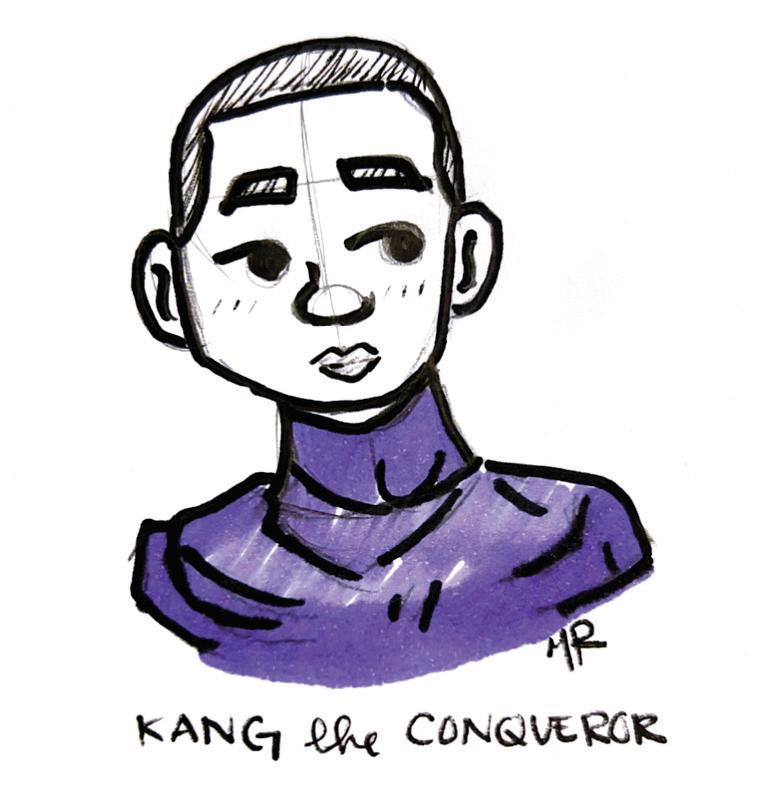
However, ultimately Kang’s potential as a new kind of Marvel villain is squandered by his character’s interactions and how he failed to push the character development for the protagonists as well.
Kang’s purpose in the grand scheme of the film is to push the protagonists to their breaking point. Kang’s opposition placed Scott and Cassie at odds with one another, revealing their ideologies when it comes to heroics, especially when family is involved.
Scott and Cassie’s father-daughter dynamic in the movie parallels the old generation transitioning into the new. Scott’s an old Avenger, and Cassie is a new avenger and part of the Young Avengers. Cassie’s altruistic mindset of “save everyone” contradicts Scott is “let these quantum realmers fight Kang on their own” worldview. Scott’s care for
his family supersedes his duty as a hero, whereas Cassie sees the opportunity to help those in need just as important as family. In the end, Scott helps the Quantum Realmers fight against Kang to save Cassie. Scott’s duty as a hero, more so the altruistic sacrifice that comes with being a hero, isn’t focused on through the antagonism of Kang until the movie’s conclusion — even then, the execution was poor. Scott and Kang have their final battle, and Scott’s sense of heroism is put to the test. After watching Scott get pummeled and stomped on by Kang, the audience witnesses Scott’s heroism evolve, for he chooses to stay in the Quantum Realm to protect his family and Earth from Kang while simultaneously assisting the people of the Quantum Realm. Hope’s (Evangeline Lilly) intervention stopped Kang from running through the temporal gate that Cassie, Janet, and Hank (Michael Douglass) opened up for Scott at the very last second, blasting Kang into the temporal gate core where he gets sealed away. The portal closes, and Scott and Hope stare off into the ruined but liberated Quantum Realm. Scott’s altruism for strangers matches his desire to protect his family, but the sacrifice is undermined by Cassie and her grandparents reopening the portal to bring Scott and Hope home a couple of seconds later. The audience isn’t even given time to wrestle with the idea that Kang tore Scott’s family apart, just as Thanos did with a snap. Scott doesn’t authentically get to engage with this heightened altruism his daughter inspired within him to help fix the
Quantum Realm. They leave, and the movie ends similarly to a Disney Channel “happily ever after,” with the threat of more Kangs on the rise in post-credit scenes.
Moreover, Cassie isn’t challenged and given enough of a reality check for the consequences of her actions. At the beginning of the movie, she gets arrested for breaking and entering into her school to get a device for her suit. Scott bails her out, and she’s brought home without any tangible consequences besides a stern scolding. The movie follows this trend all throughout: Cassie fails to do Scott’s signature upper-cut — where he shrinks down and then enlarges to uppercut an adversary — and barely has harm come her way because Scott saved her. She never falls flat and has to pick herself up without help, and she continues to see heroics through rosecolored glasses. Cassie is a naive young adult, yet with a foe like Kang, who has killed versions of Cassie in alternate timelines, the stakes for her should match that of the antagonist. She never has her reality checked, and her rosy shades aren’t shattered by Kang in the end. The closest we get to such a moment of realization for Cassie is when Kang is choking Cassie in front of Scott. More moments where Kang could’ve given Cassie a reality check would’ve elevated Cassie’s maturity and outlook on her own heroic philosophy. A scene where he is simply beating Cassie to a pulp where she’s alone and has to fend for herself would have skyrocketed her character development. She would have realized that there are direct
consequences for playing the hero and that sometimes the only one who can save her is herself. She’s supposed to be one to take up the mantle of an Avenger, yet she lacks the foundation and experience to — truly — fill AntMan’s shoes in the future. Kang was the missed opportunity to create that foundation. Kang was a vehicle of adversity that could have challenged the way Scott and Cassie perceived their roles as heroes, but he wasn’t capitalized upon by the creators of the movie. The Marvel Cinematic Universe as of Phase 4 has been on a trend of fastfood movies: These fast, quirky pseudo-comedies don’t lean into more serious themes and fleshedout characters. Perhaps if the MCU took its time to thoroughly create movies, they’d end up with high-quality, full-entree movies that audiences can sink their teeth into.




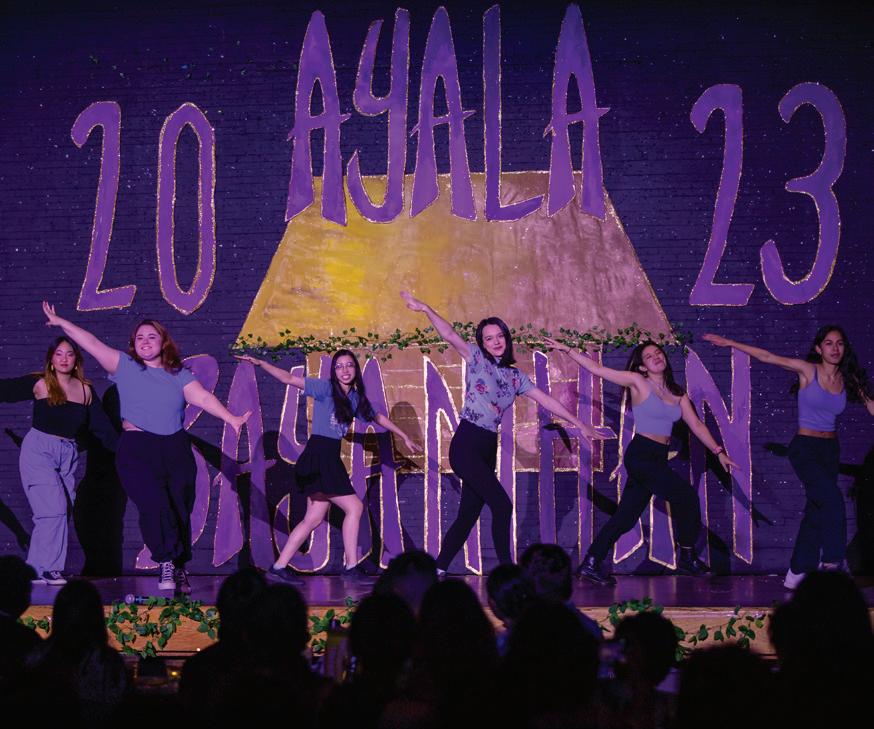
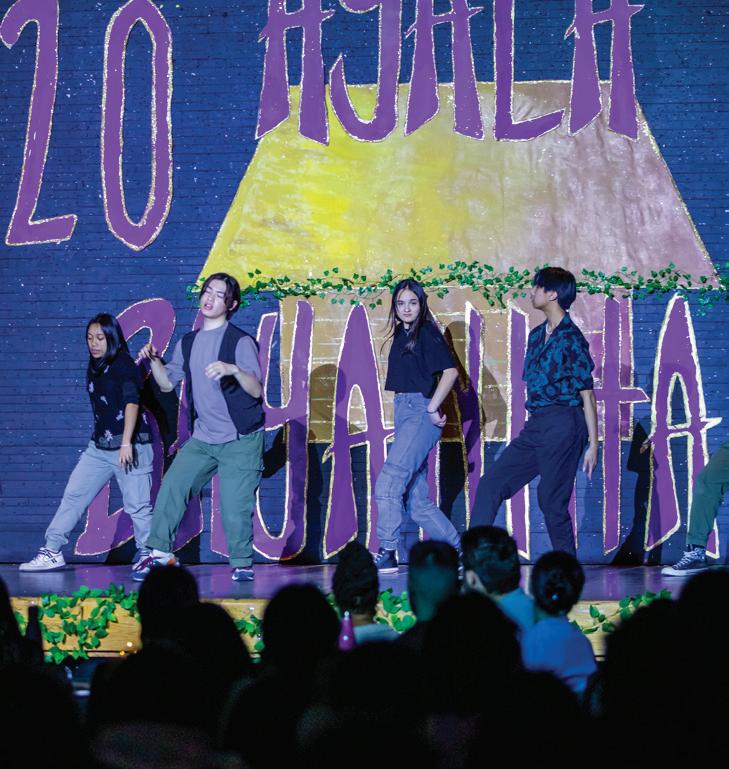

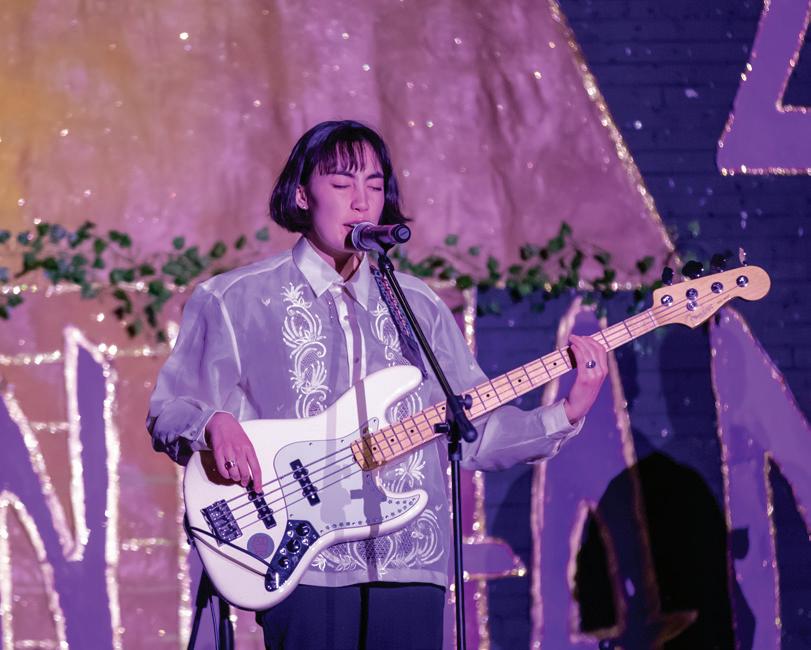

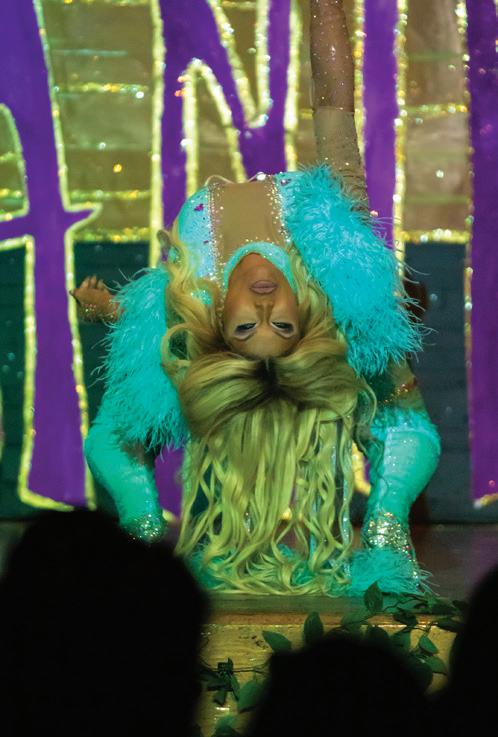
The South East Asia Club also known as SEAC celebrated Asian American and Pacific Islander Heritage Month through dance and music performances in their annual culture show. The theme was bayanihan which means working together and the idea of community spirit. They celebrated several countries including Malaysia, Thailand and Indonesia. AYALA’s culutre celebration was headlined on on March 11 by Candace Persuasion and Destiney Boston who are Boston based Drag Queens.




I have loved Pop-Tarts since I was a child, and, out of rejoicing for the return of Frosted Chocolate Chip to the shelves, I knew I had to offer a definitive ranking of these delicious pastries.
1. Frosted Chocolate Chip
2. Frosted Hot Fudge Sundae
3. Frosted Brown Sugar Cinnamon
4. Frosted Cherry
5. Frosted Wildlicious Wild Berry
6. Frosted Chocolate Fudge
7. Frosted Strawberry
8. Frosted Cookies & Cremè
9. Orange Cream (discontinued but not forgotten)
10. Ice Berry Blast (discontinued but not forgotten)
Honorable Mention:
S’Mores (if and only if toasted to perfection in an early 2010s toaster oven)
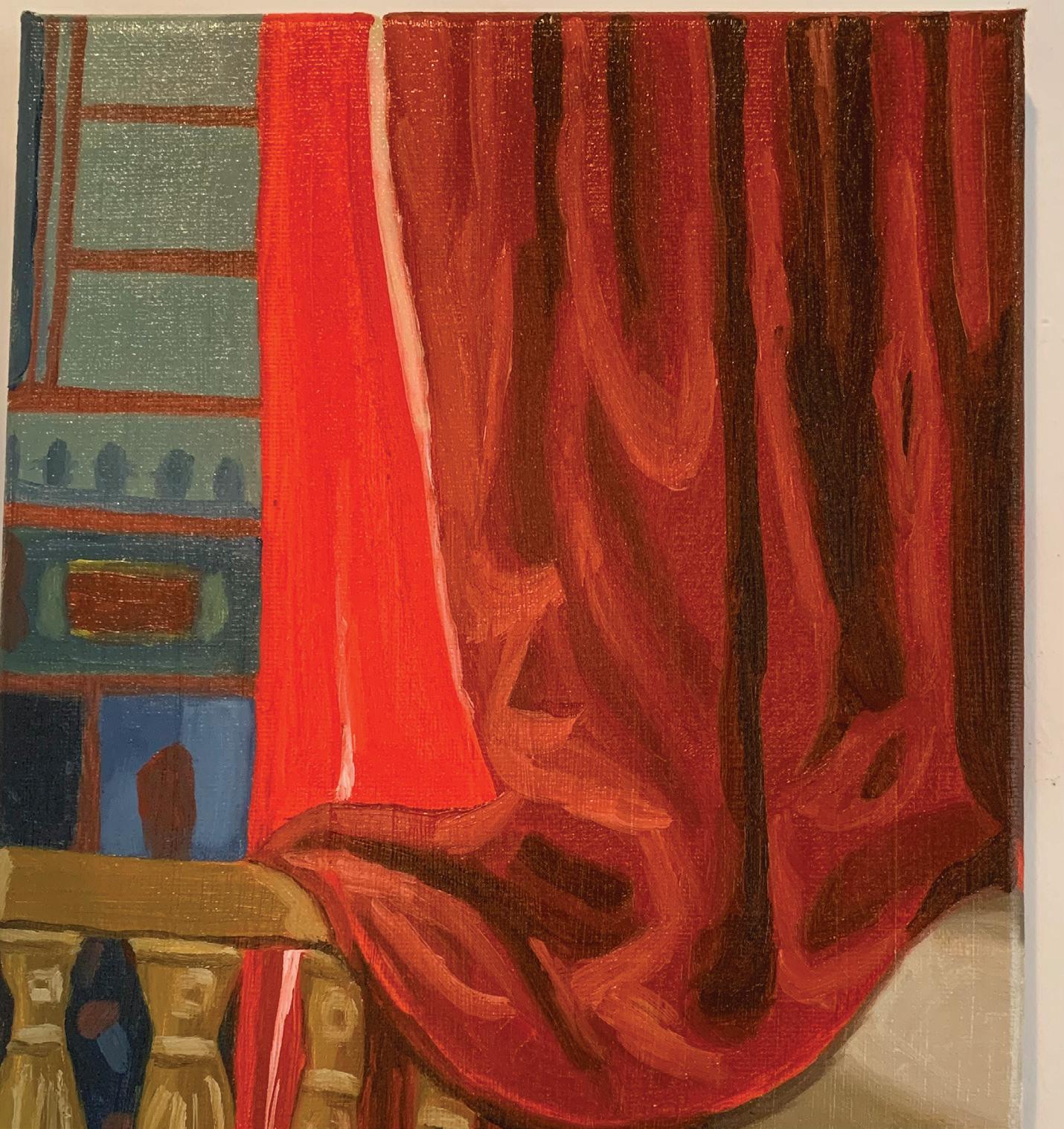
Bintou Baysmore is a digital and visual artist who explores many fields of interest such as coding, animation, sculpture, storyboarding, character design, and painting. She uses art to express herself and is actively learning how to positively impact her communities as an African American woman. Her Instagram is @binartz.
Brandeis Lingo - Crossword Labs

Solutions to the Brandeis Lingo Crossword from our previous print (March 7, pg .16).
Down
That feeling when you come back to campus from your hometown and see the people at andeis
1. Term used to describe a certain type of Brandeis student
2. The supreme form of dorm-housing
3. 7817363333
This room was temporarily closed down
5. Ron’s favorite time of the year
Housing for undergraduates to make them feel
Puzzle courtesy of CAROL S. KORNWORCEL
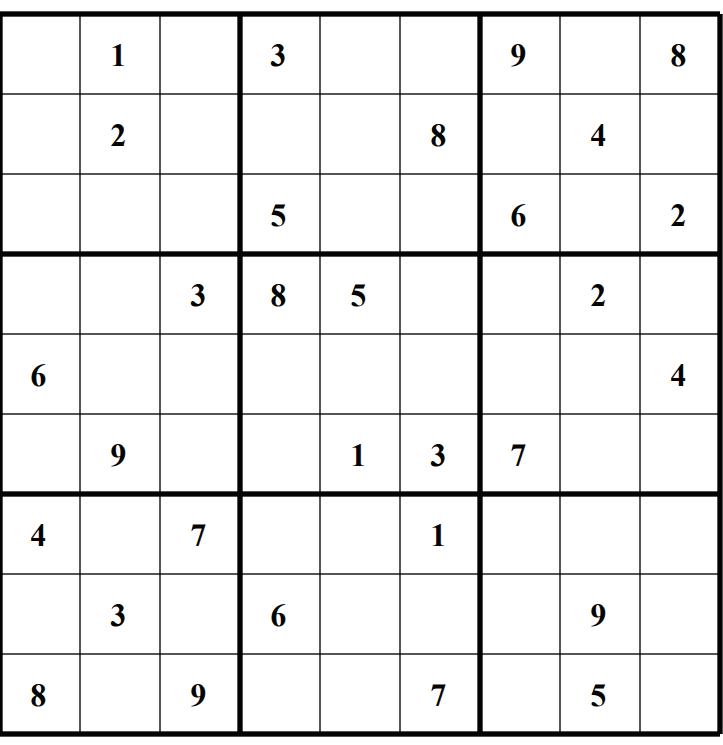
1. Term used to describe a certain type of Brandeis student
2. The supreme form of dorm-housing
3. 7817363333
6. The feeling of disgust after consuming a specific dining hall’s food
8. The athletic way of saying “common folk”
The family who tried getting Brandeis renamed but instead renamed 70% of the buildings on campus
4. That feeling when you come back to campus from your hometown and see the people at Brandeis
7. This room was temporarily closed down
9. Housing for undergraduates to make them feel old
5. Ron's favorite time of the year
10. The family who tried getting Brandeis renamed but instead renamed 70% of the buildings on campus
6. The feeling of disgust after consuming a specific dining hall's food
8. The athletic way of saying "common folk"
BINTOU BAYSMORE/the Justice